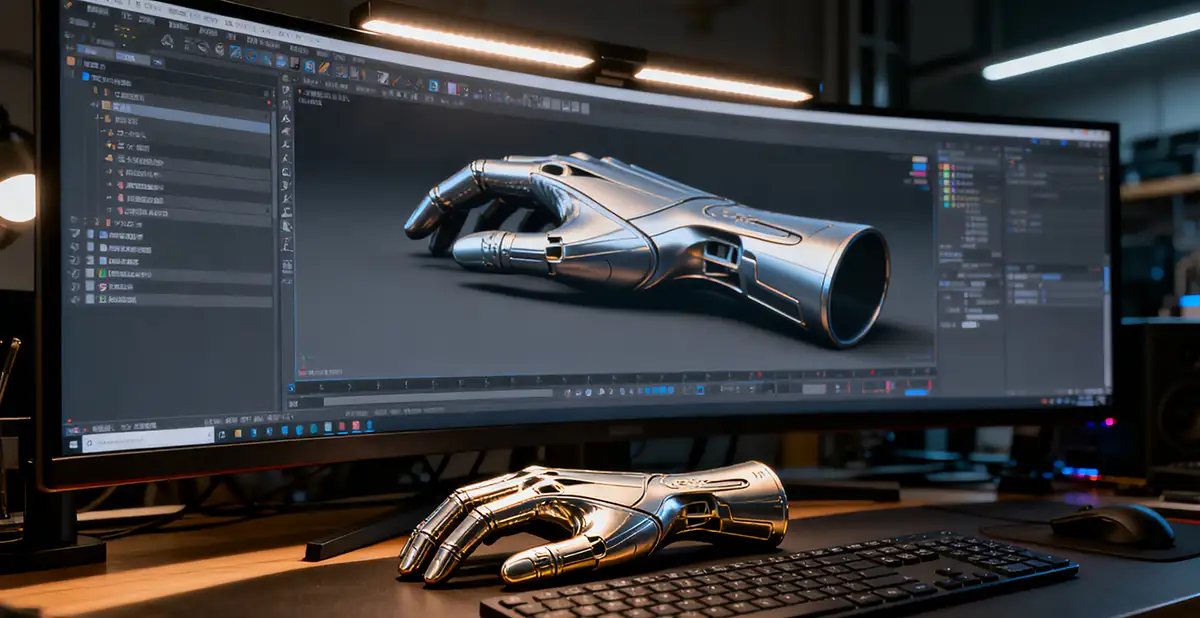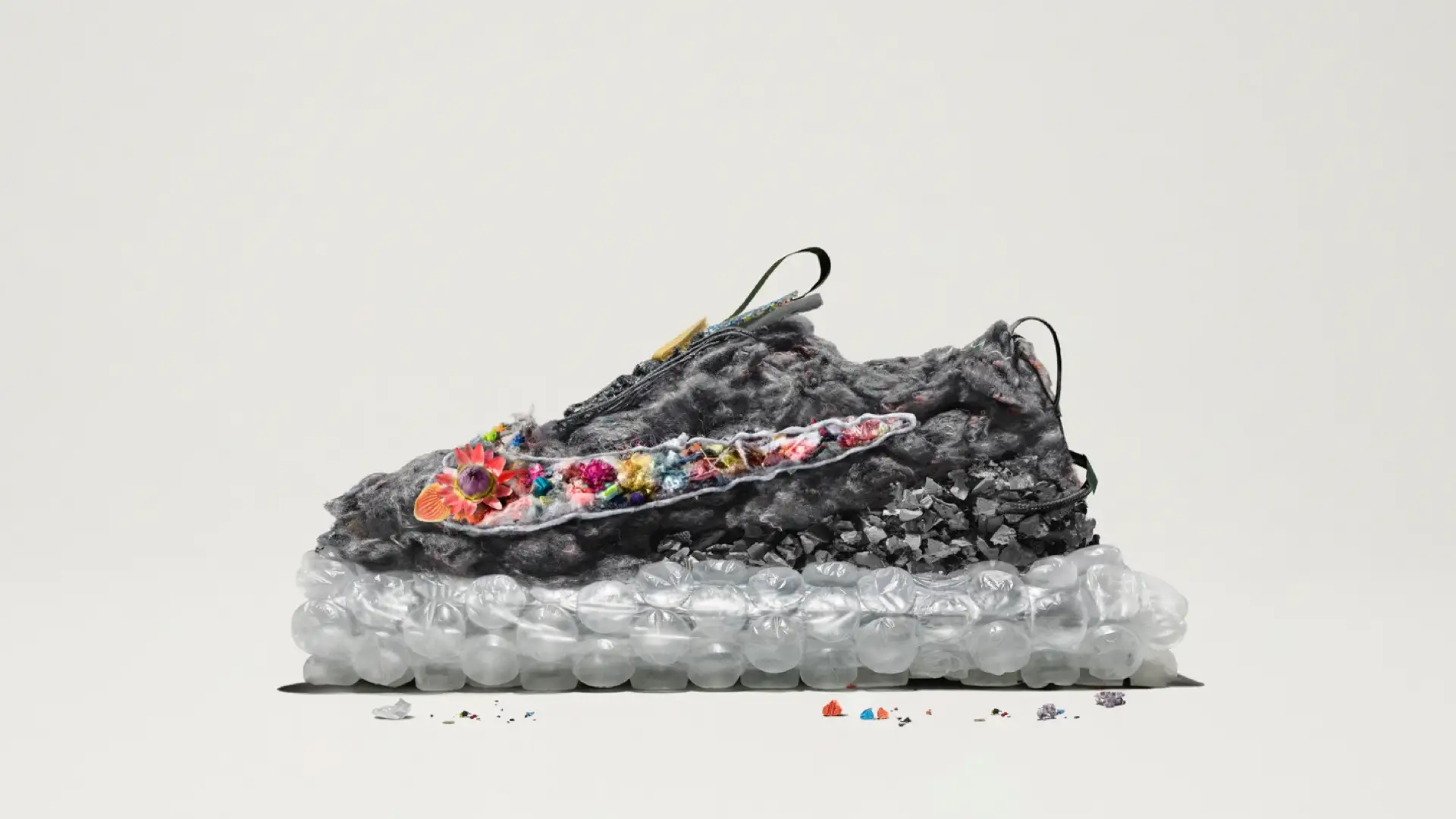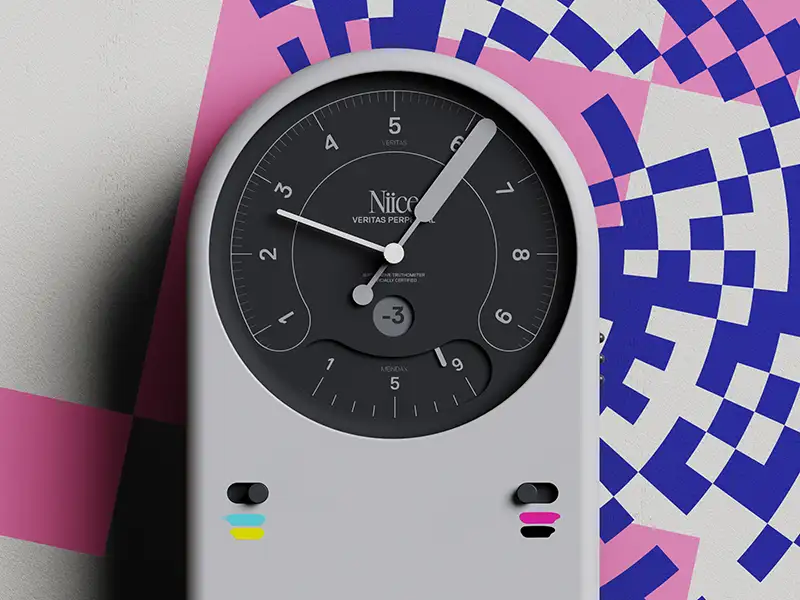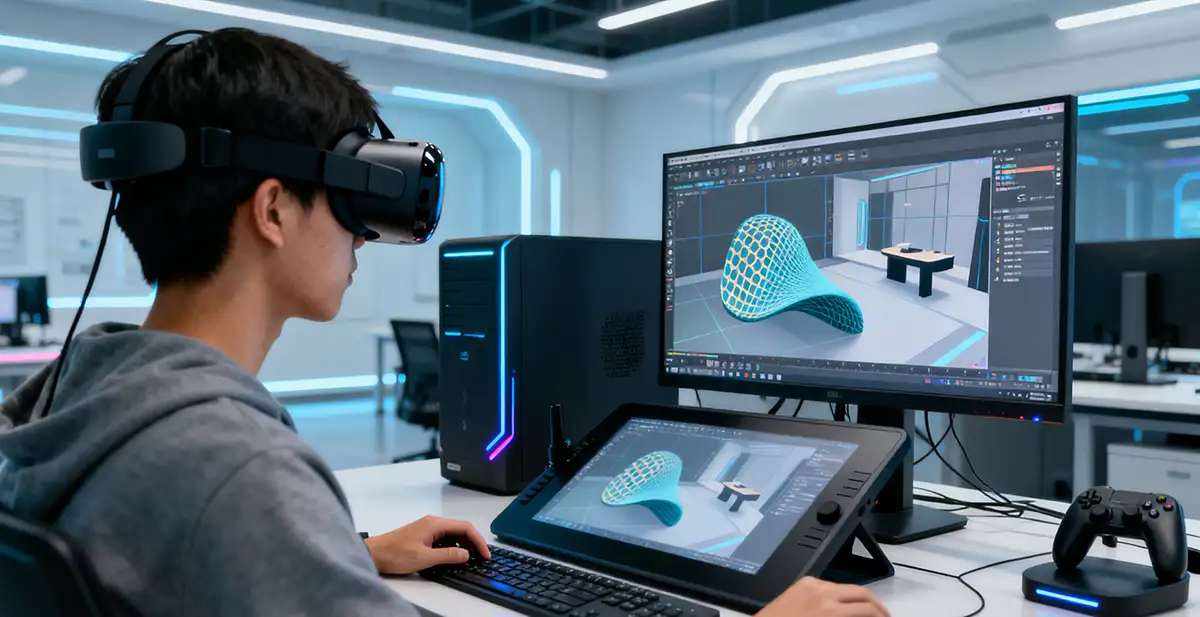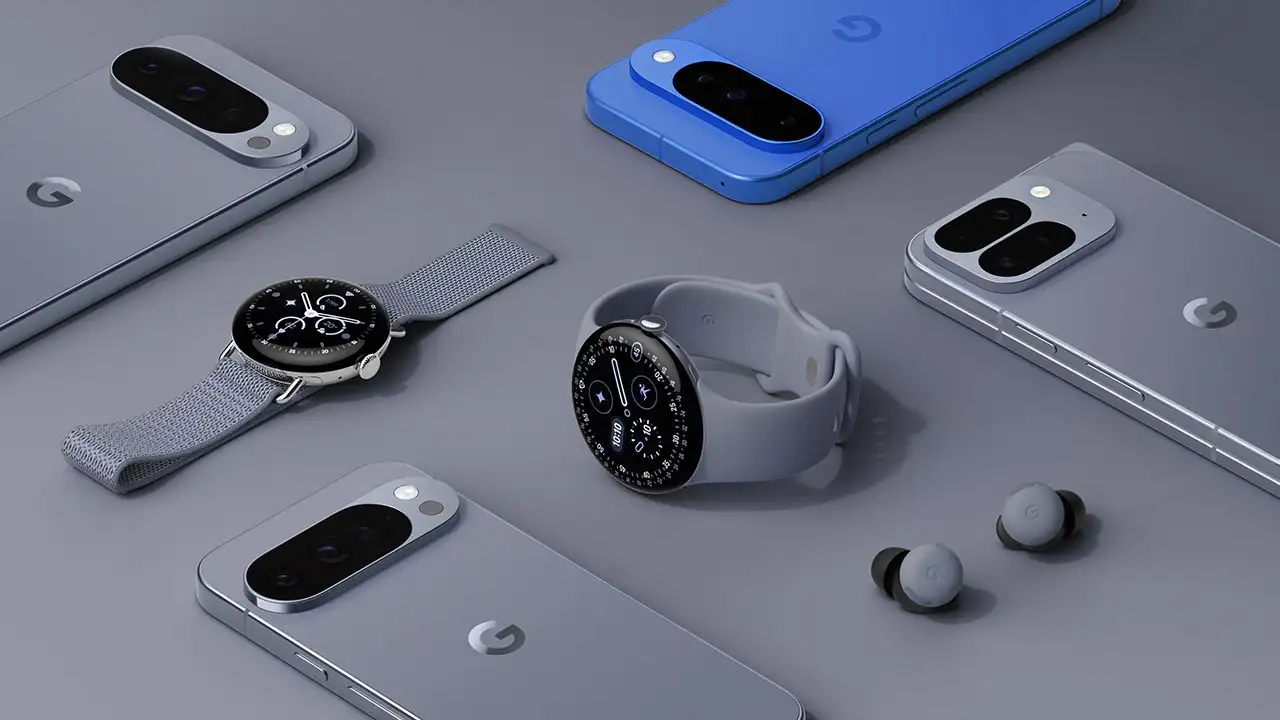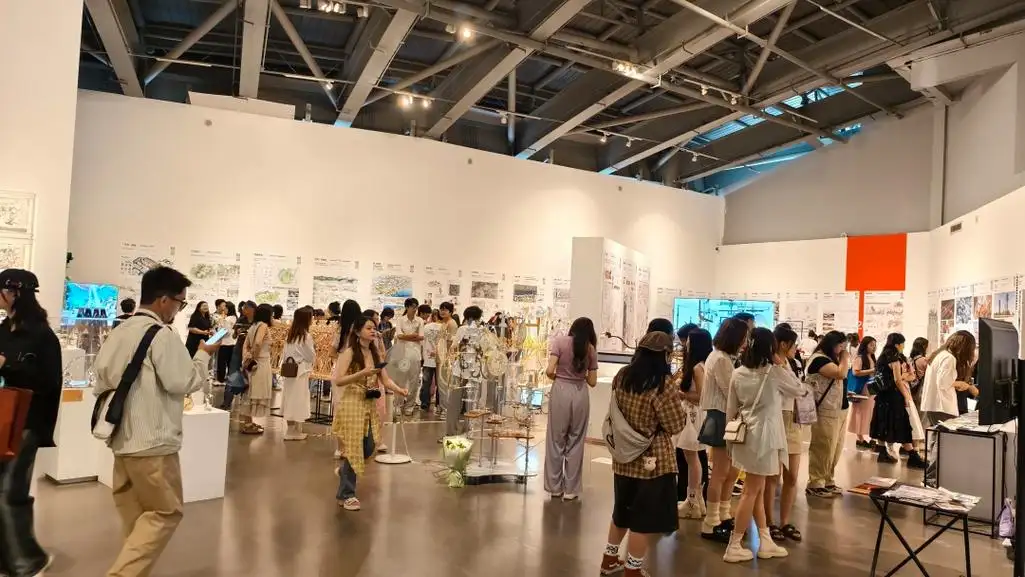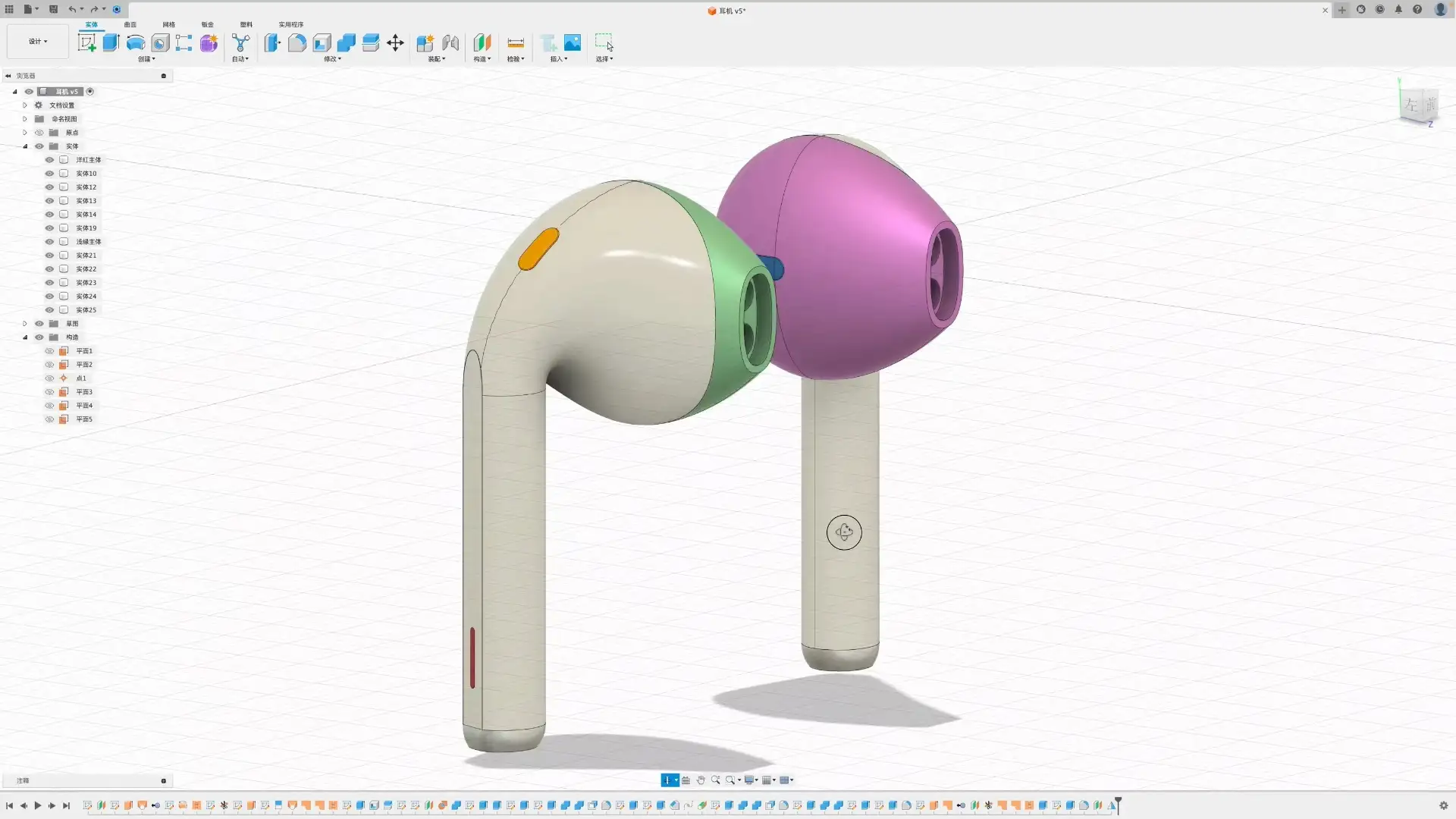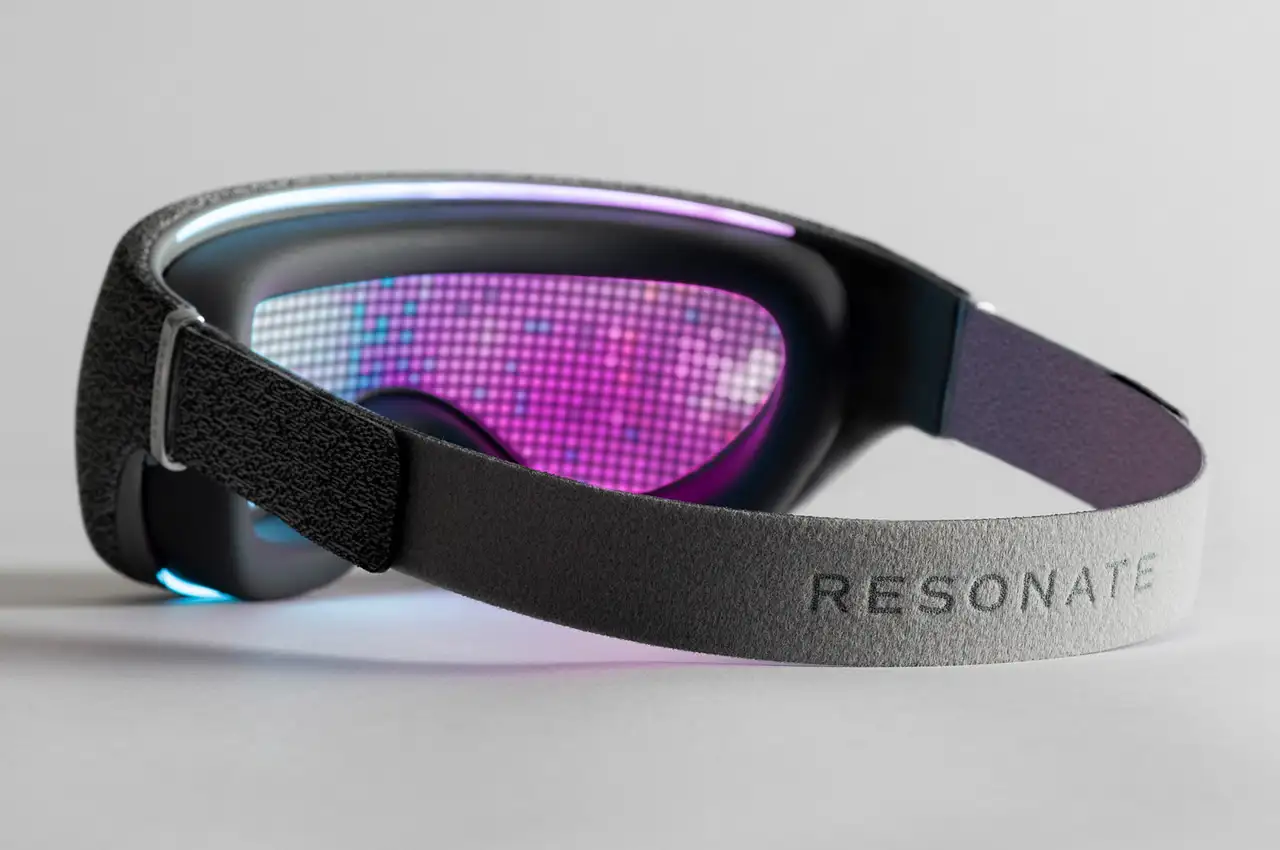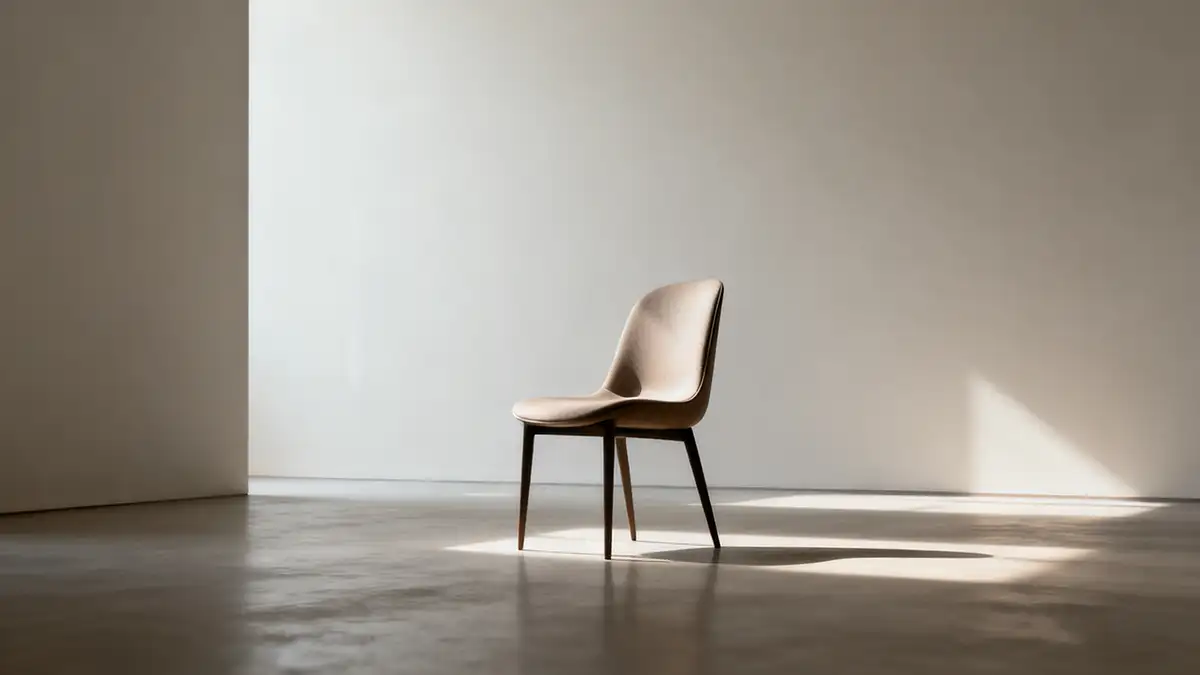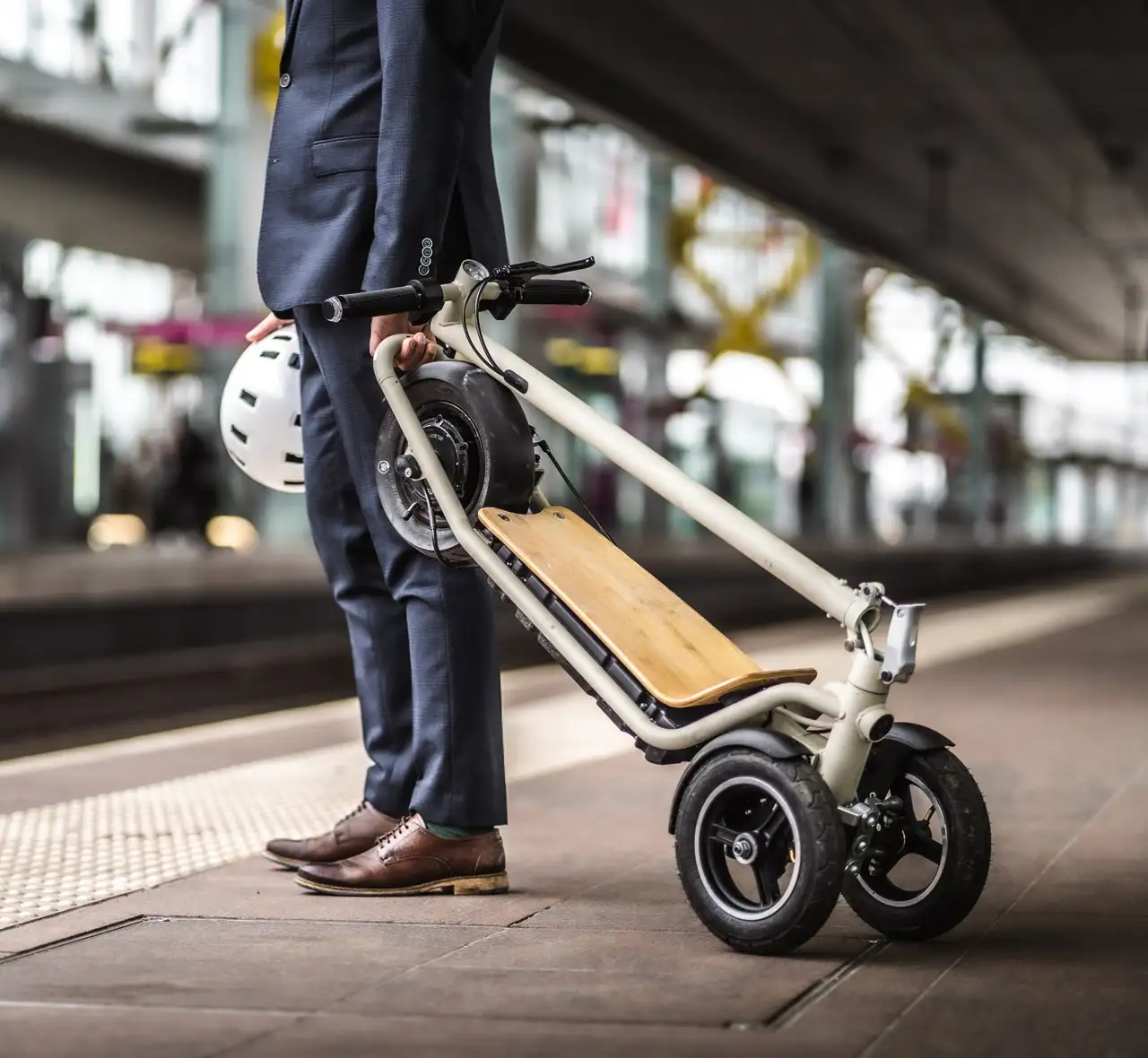NINEIDEA:圆形工业设计是天生的「效率大师」:没有棱角的闭合曲线让受力更均匀,做壳体时不容易坏;同样大小的空间里,圆形能装更多东西,还方便单手抓握 —— 就像鹅卵石被水流冲圆,本质是用最省力的方式解决功能问题,把自然法则变成设计语言,本篇一次过发66个设计师们做的好设计,希望给大家一些好的触动。
工厂最喜欢圆形设计:注塑时圆弧过渡区不容易出瑕疵,金属加工时旋转着就能做出来,省材料又省时间;表面处理也简单,自动化设备顺着圆弧就能均匀处理,减少人工调整,让设计想法更容易变成实物。
圆形天生懂「手感」:曲面贴合手指弧度,按下去有明显的反馈边界,盲操作也能找准位置;环形旋钮转起来有节奏感,像和产品在「对话」。视觉上,圆形自带「吸睛属性」,让人一眼看到重点,界面布局也更符合人眼看东西的习惯。
在复杂环境里,圆形特别「显眼」,容易让人记住,适合做品牌标志或功能指示;把圆拆成环形、弧面等变形,能从实用部件变成装饰符号 —— 比如环形呼吸灯,既显示状态又有设计感,让功能和颜值统一起来。
圆形是「循环经济」的好帮手:对称结构让零件拆装方便,重复使用不容易坏;无方向性的连接设计,让模块组合更灵活,延长产品寿命。这种没有终点的形状,正好呼应了材料循环利用的理念,让设计更环保。
这些好的设计告诉我们:圆形不只是「好看的形状」,更是功能、工艺、用户体验的综合结果。当设计师画圆时,想的是如何让这个简单的图形,同时解决「好不好用」「能不能造出来」「用户喜不喜欢」的问题 —— 这才是工业设计里圆形的真正魅力。
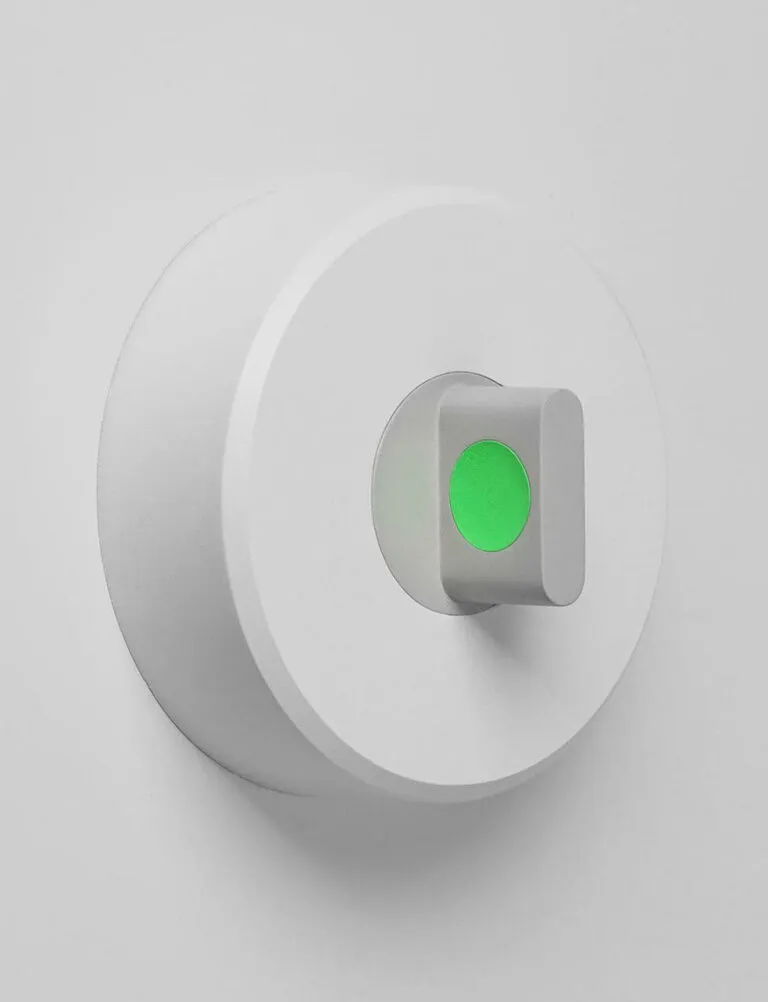
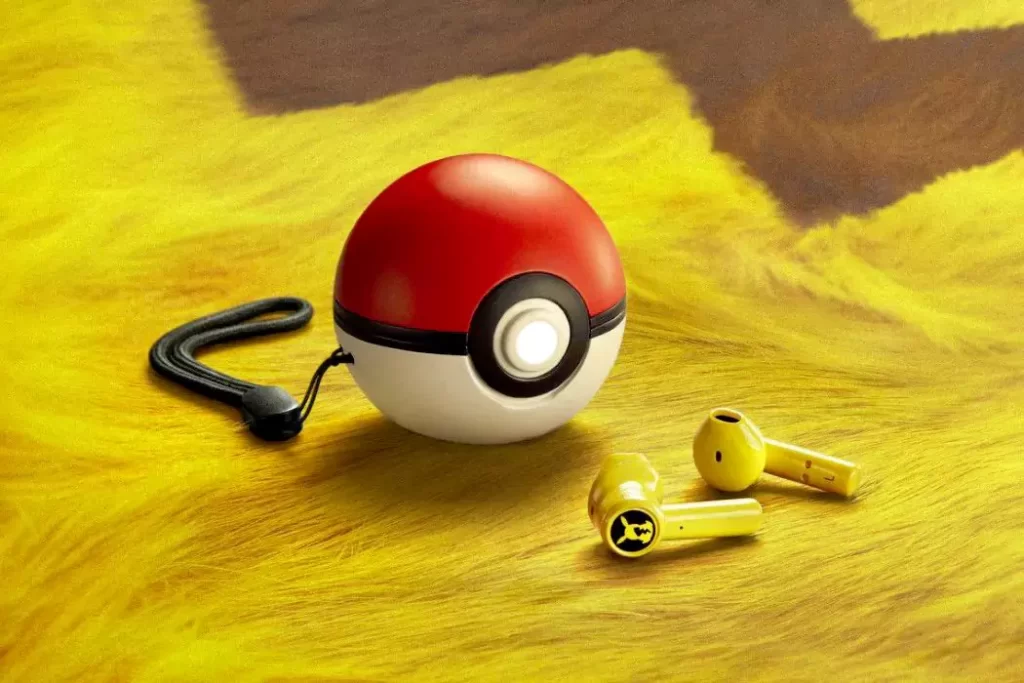
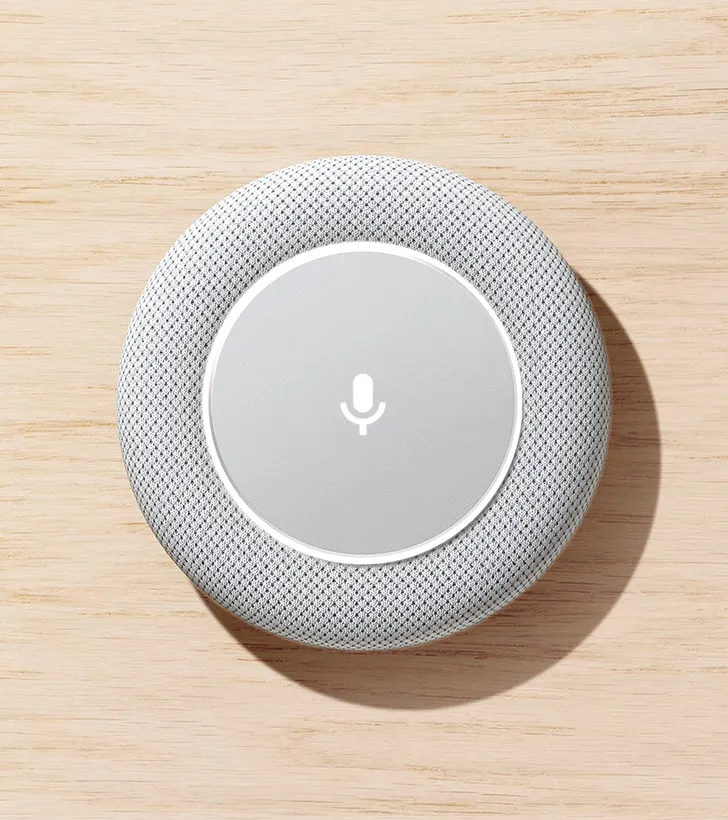
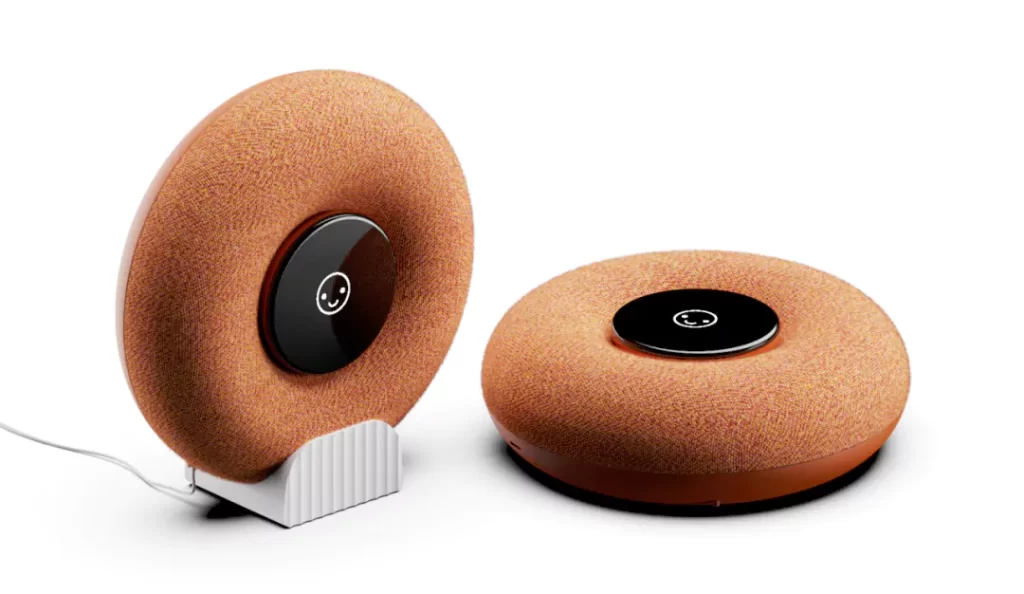
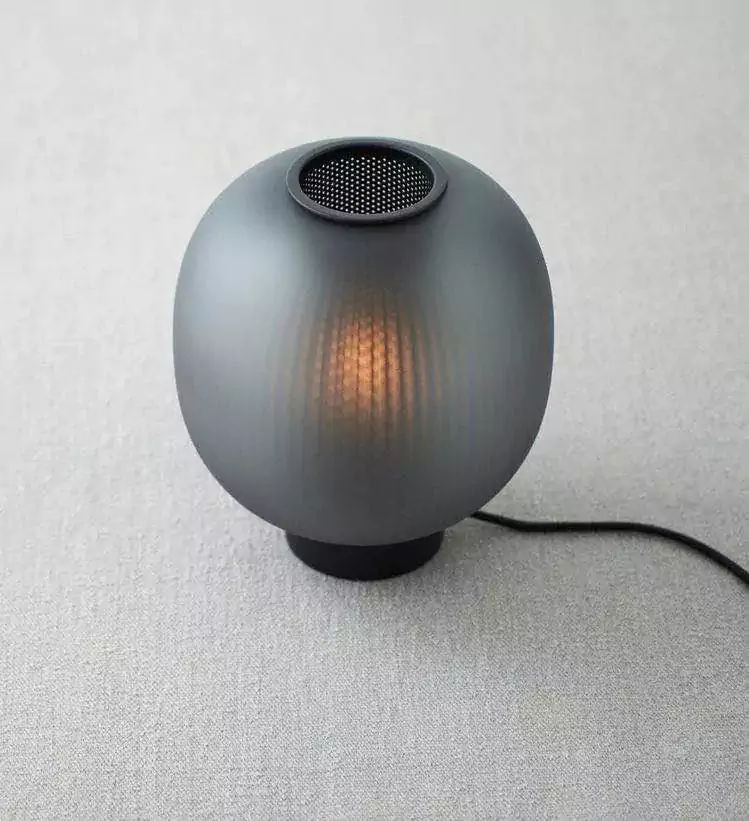
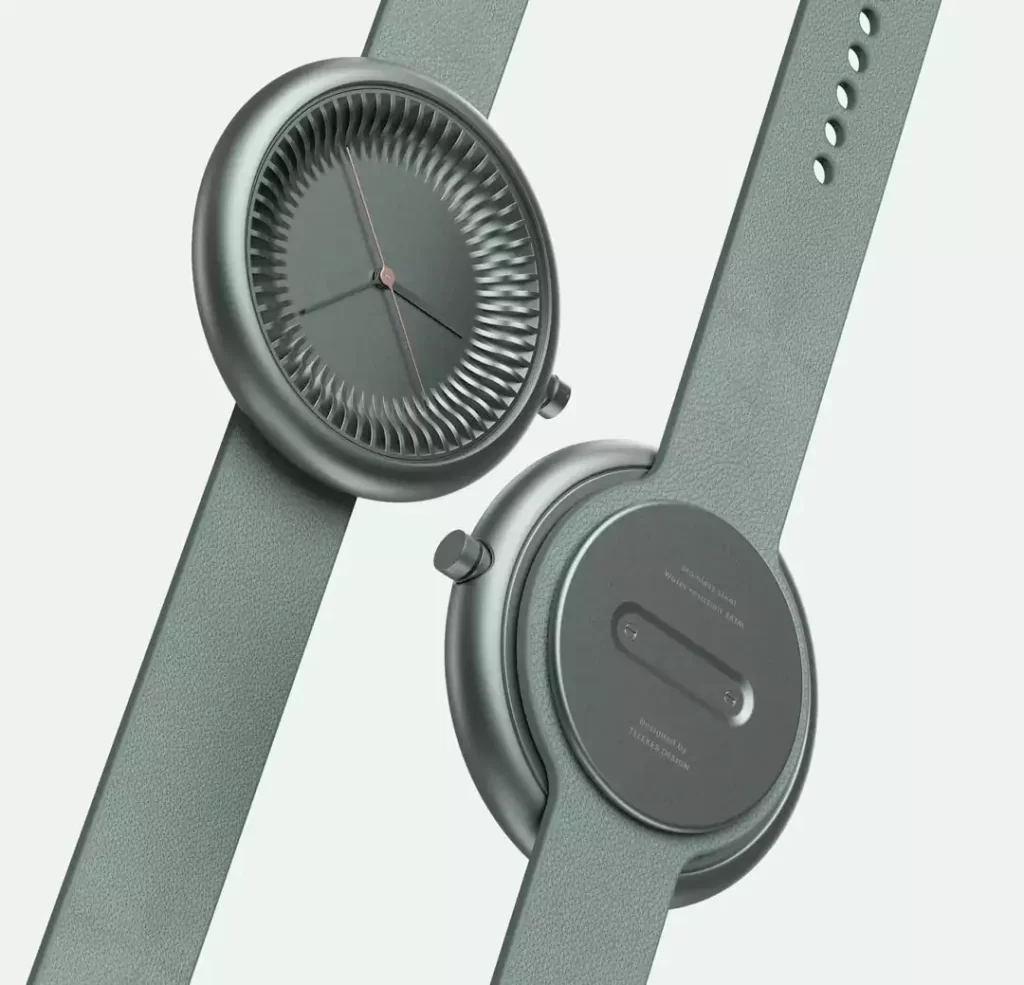
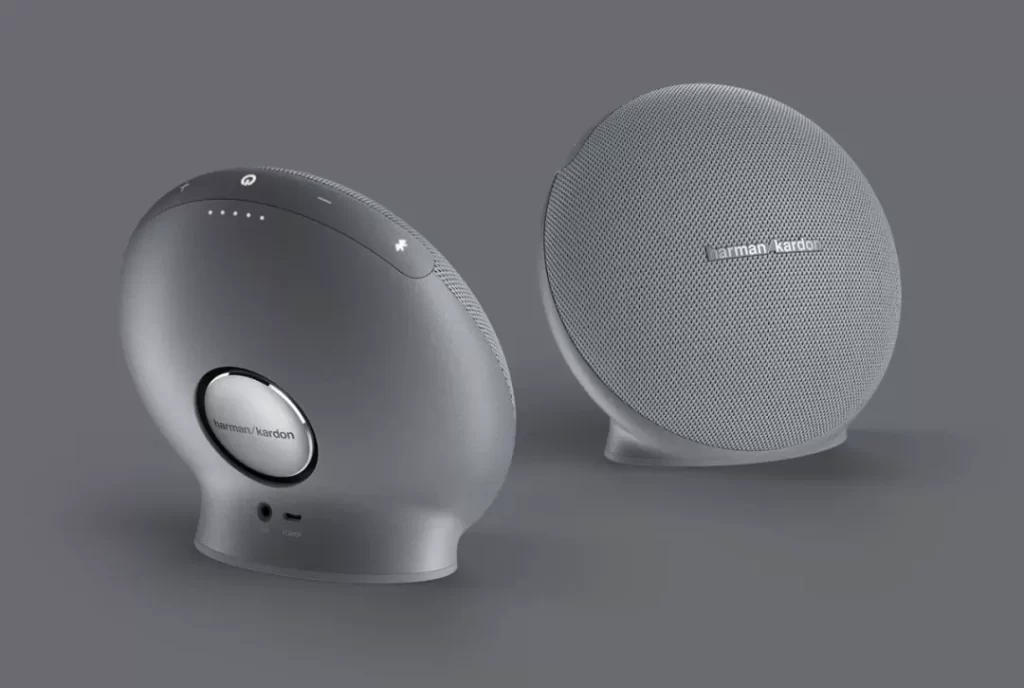
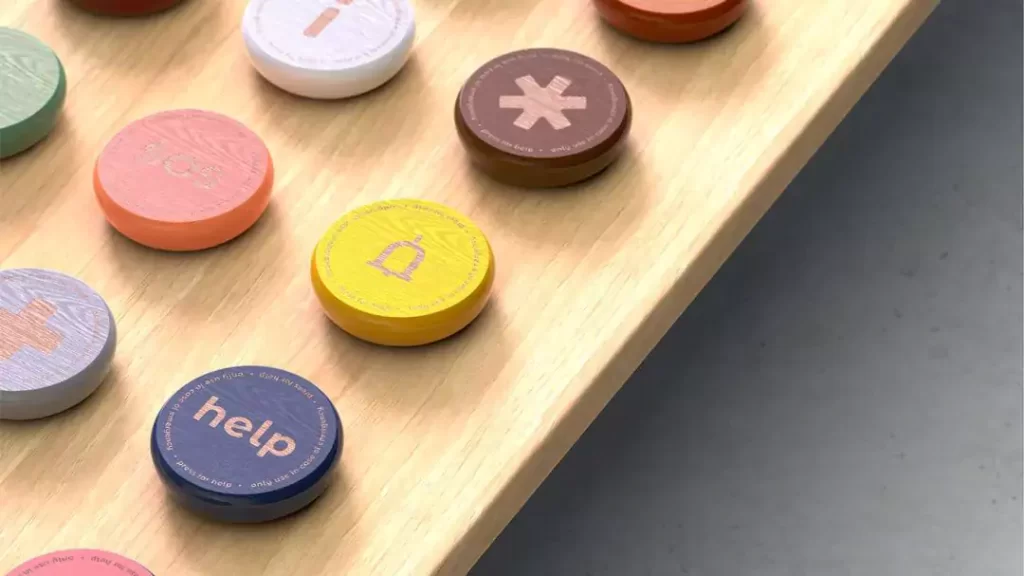
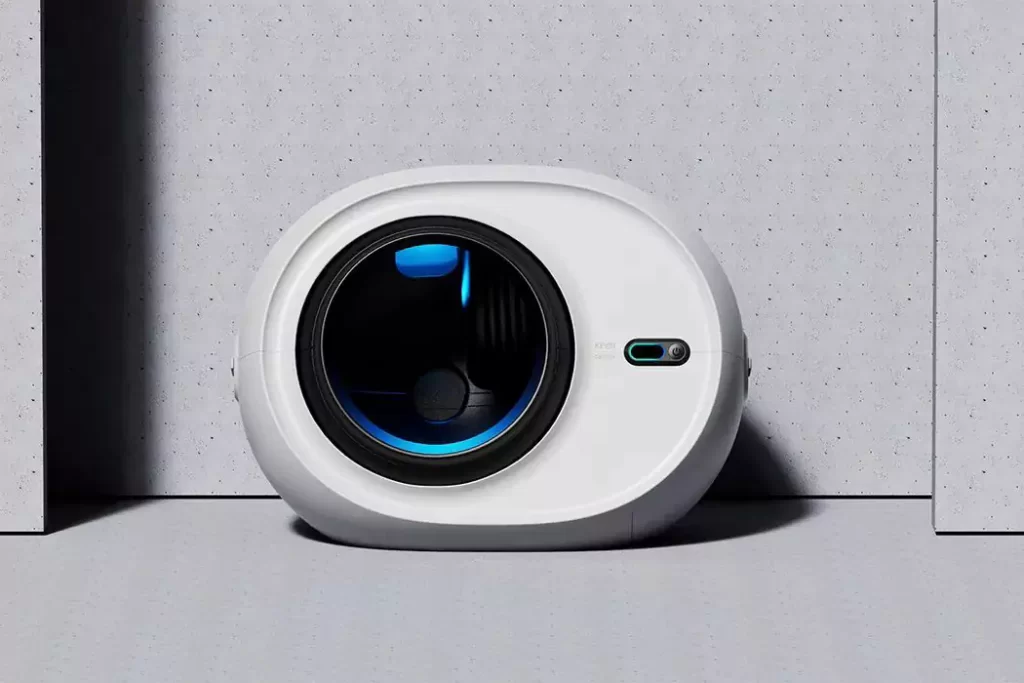

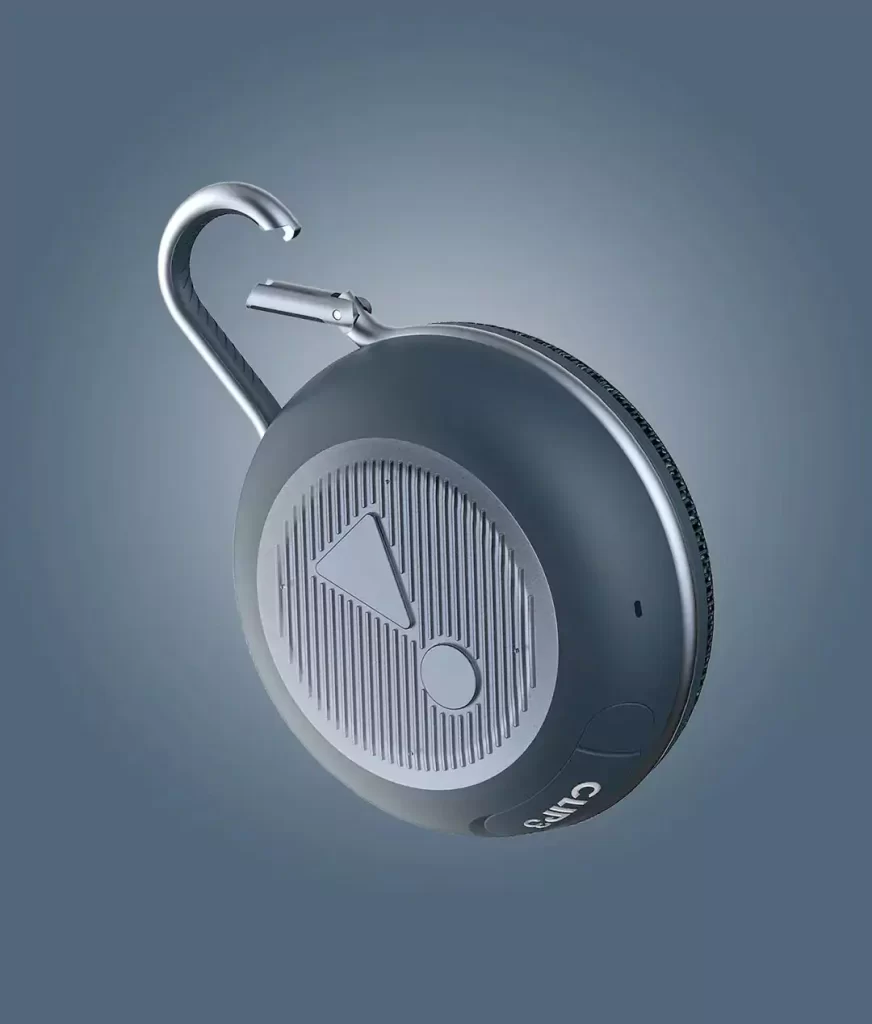
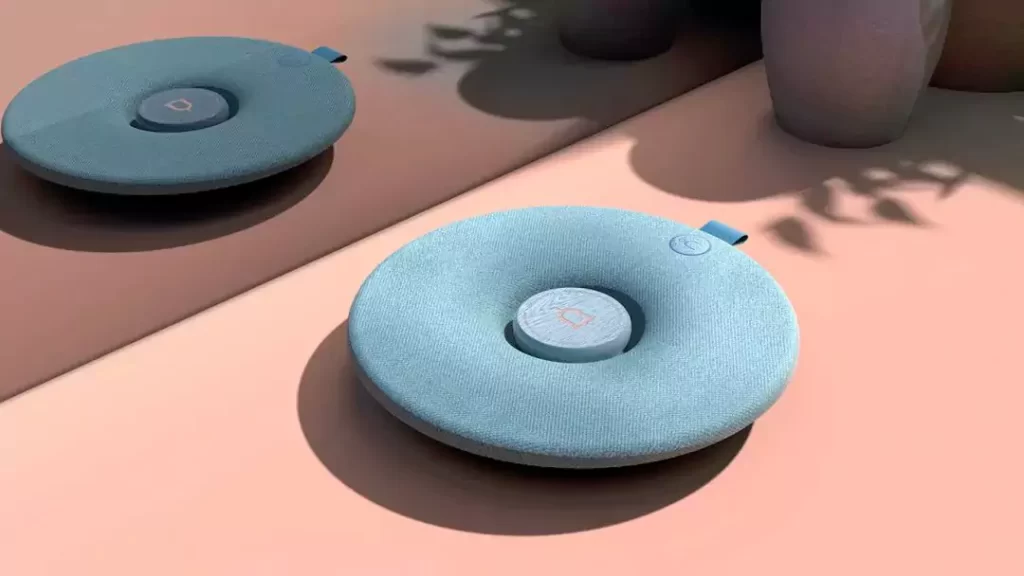
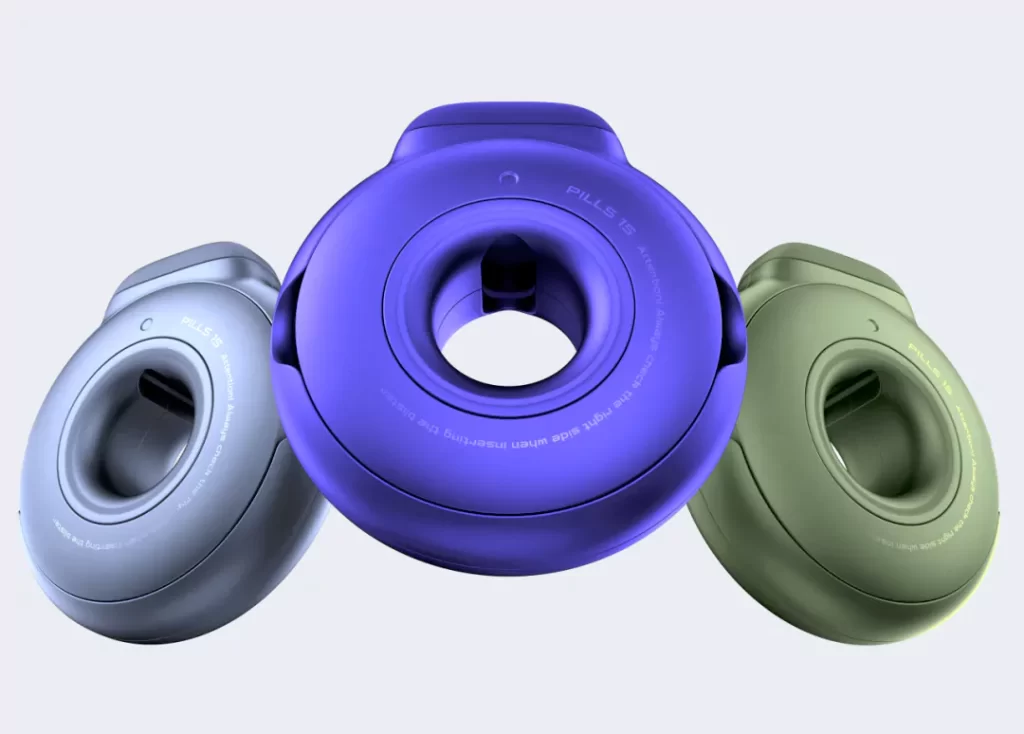
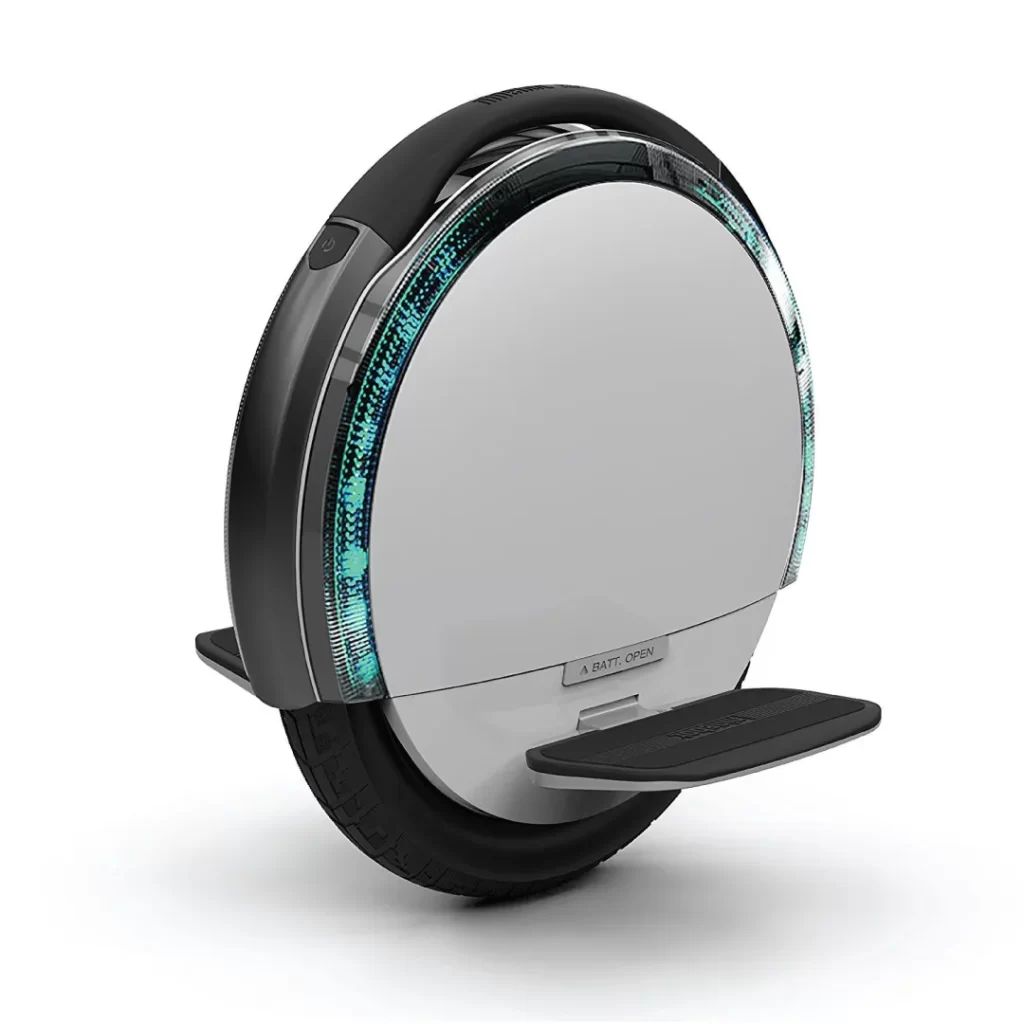

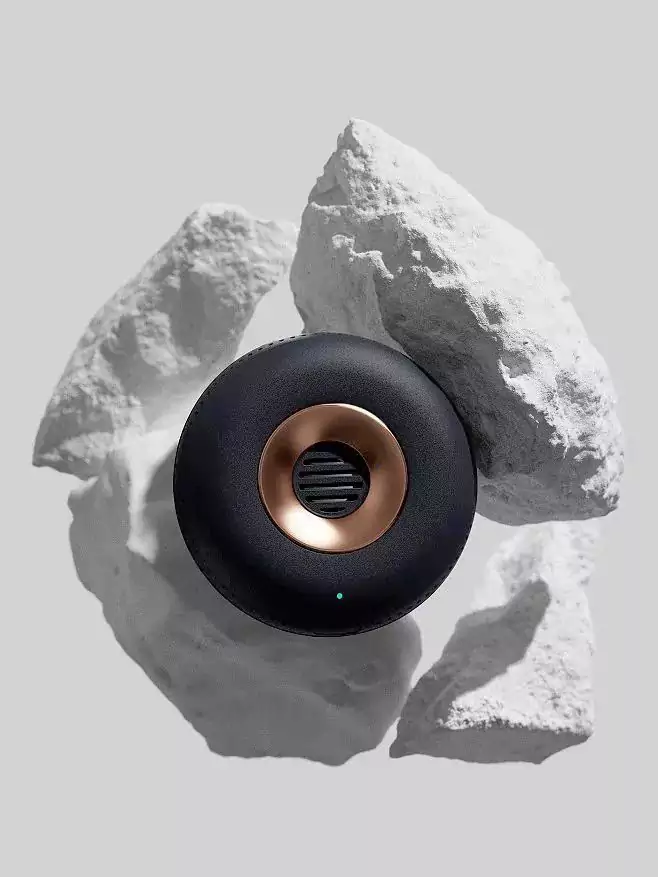
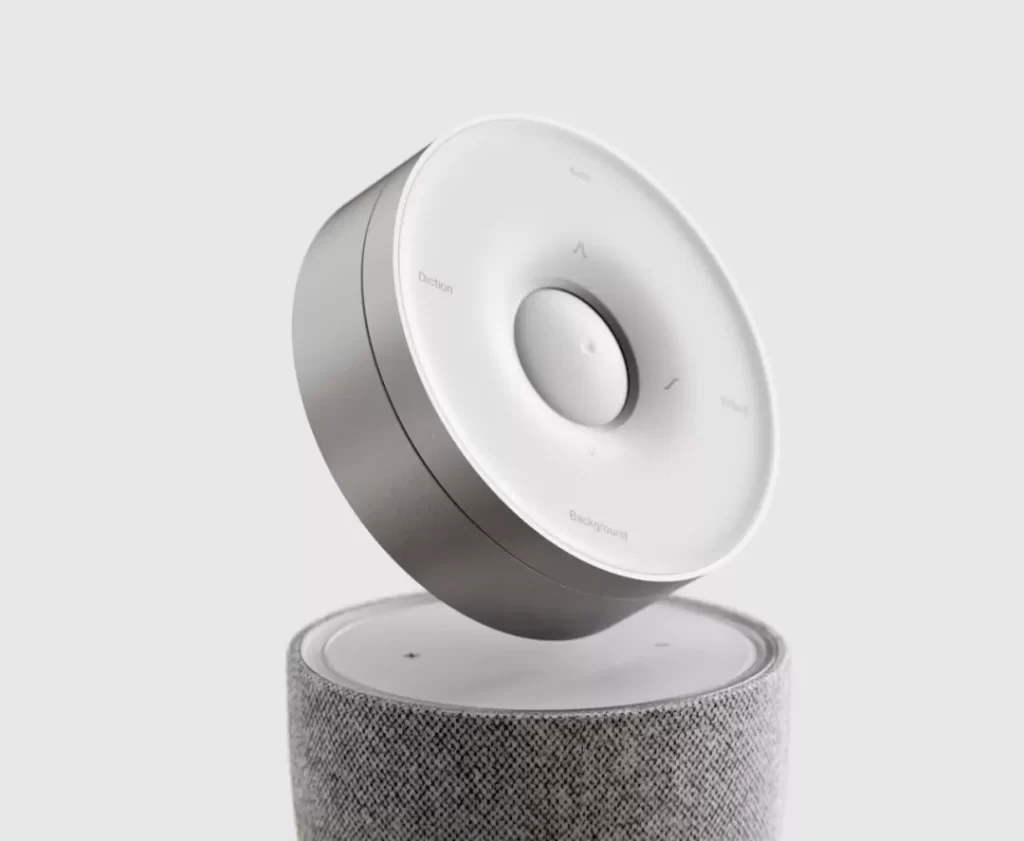
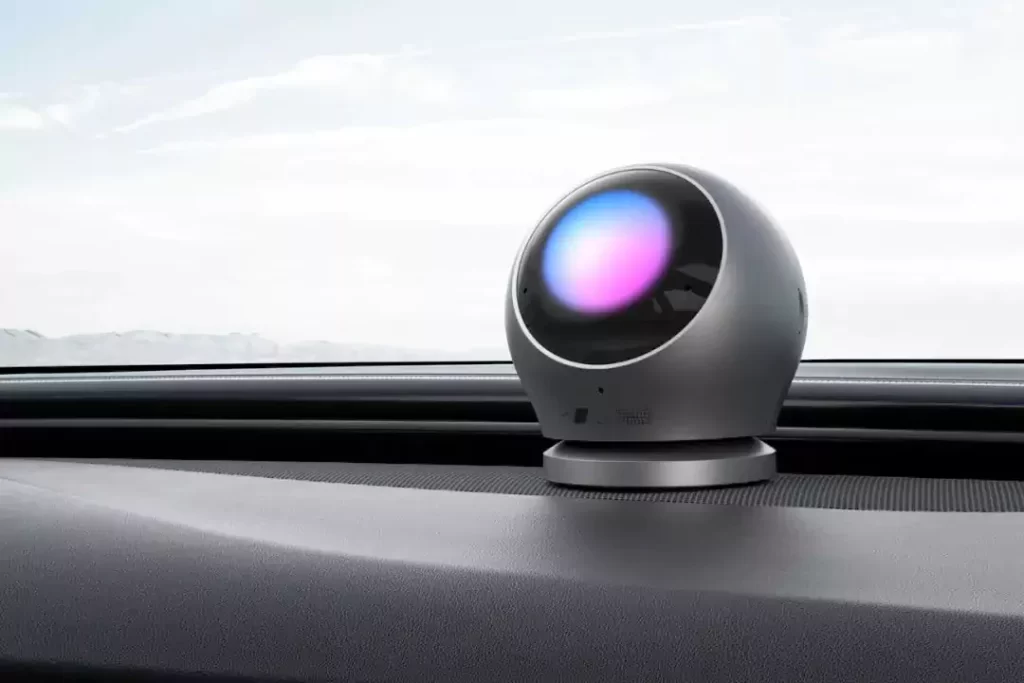

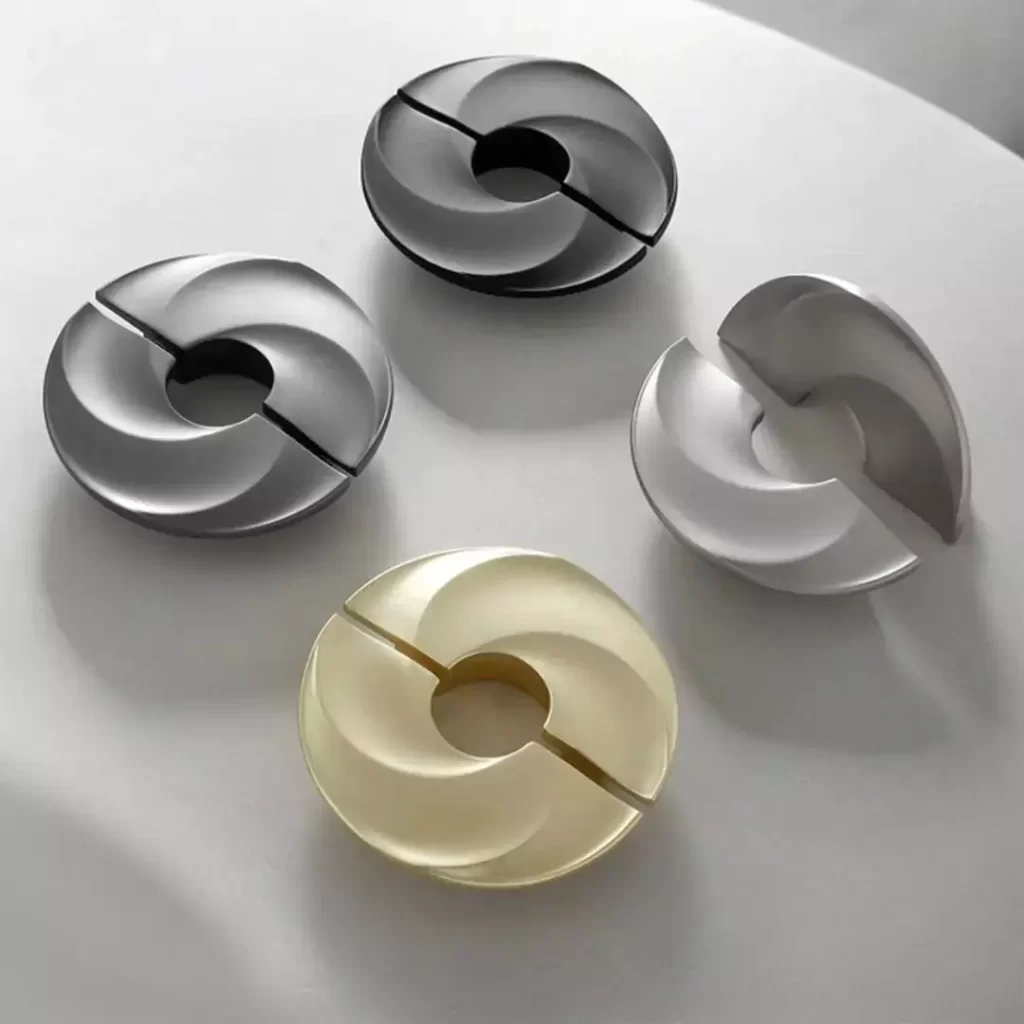
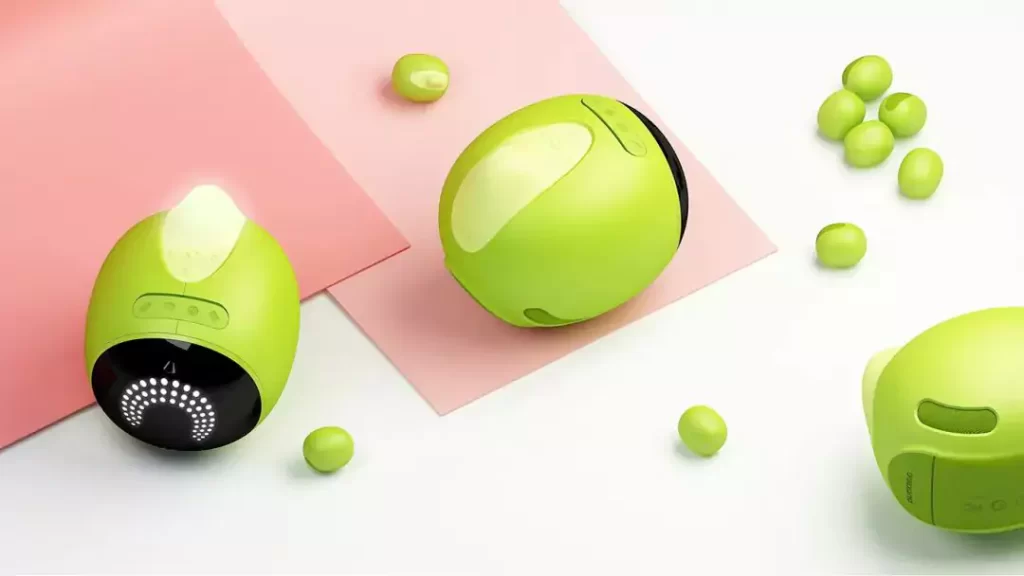

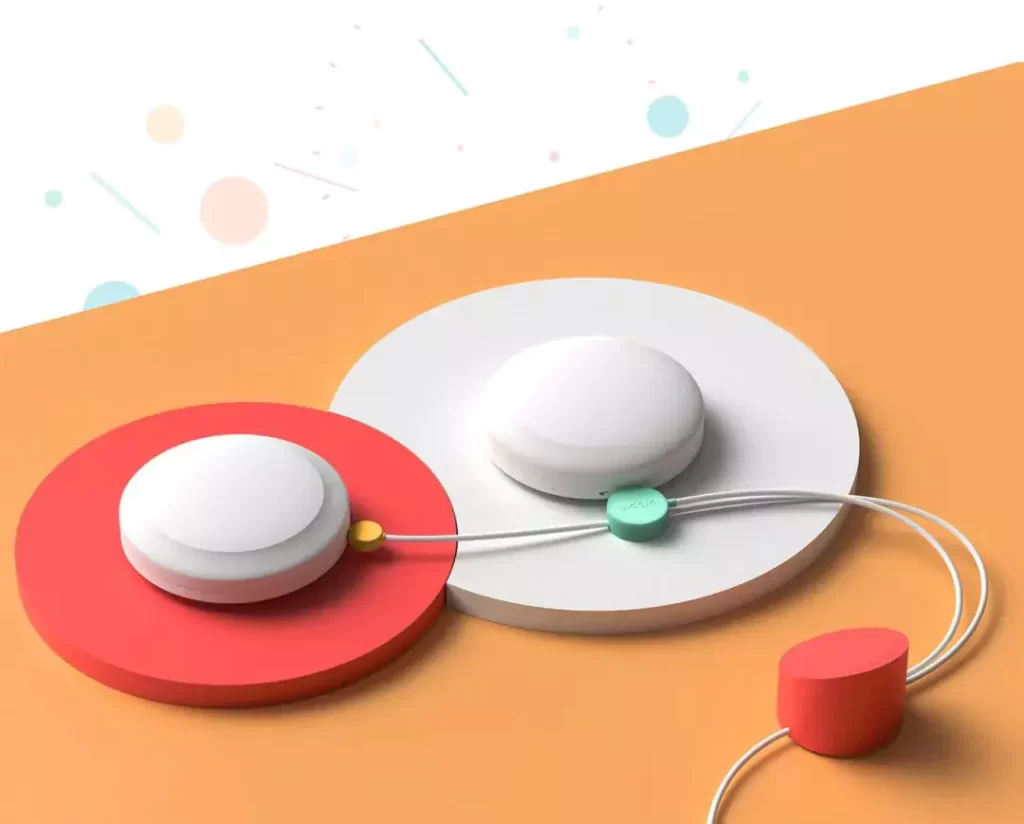
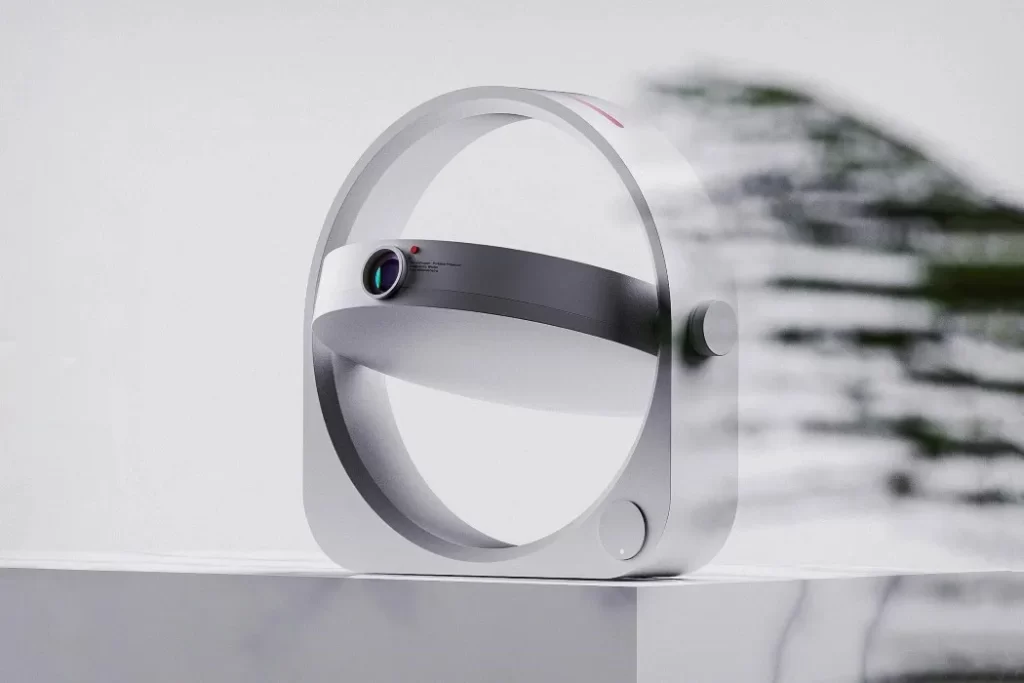
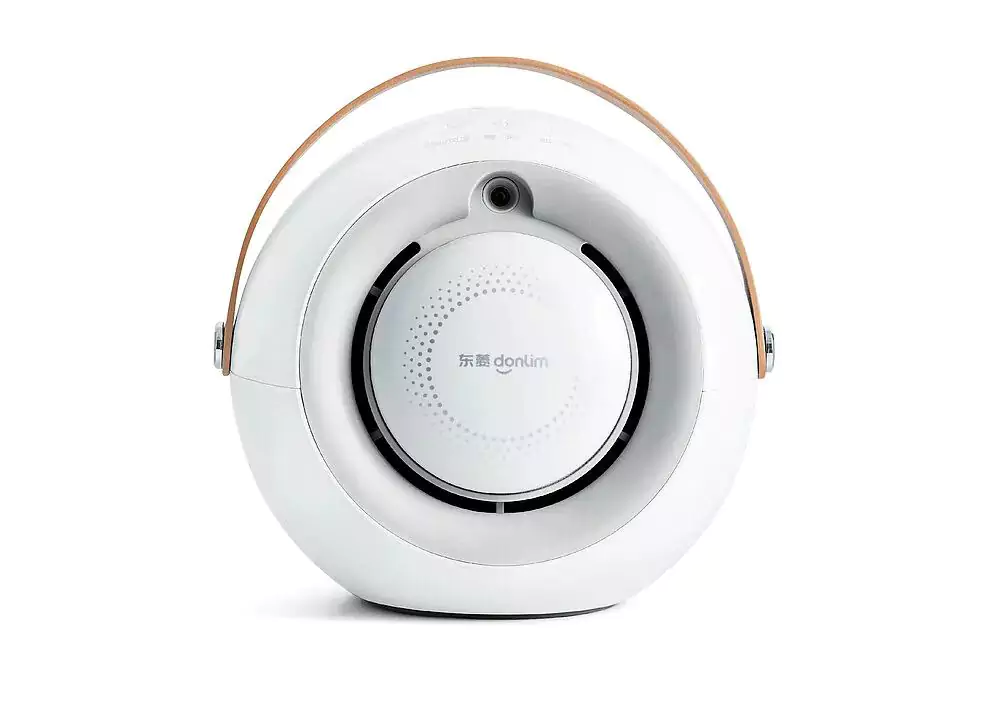
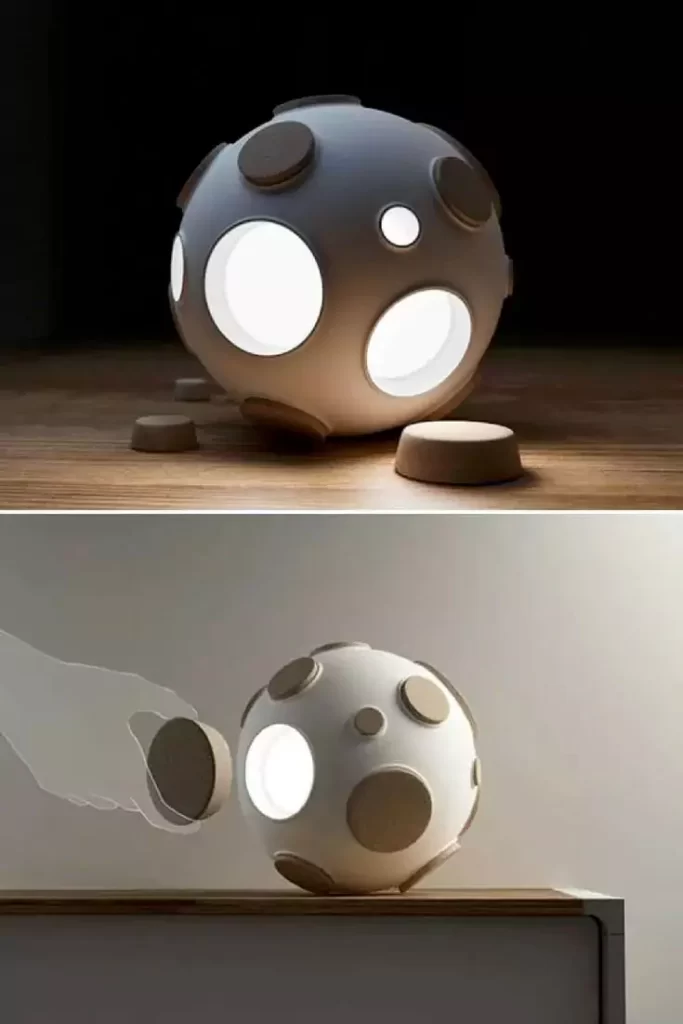
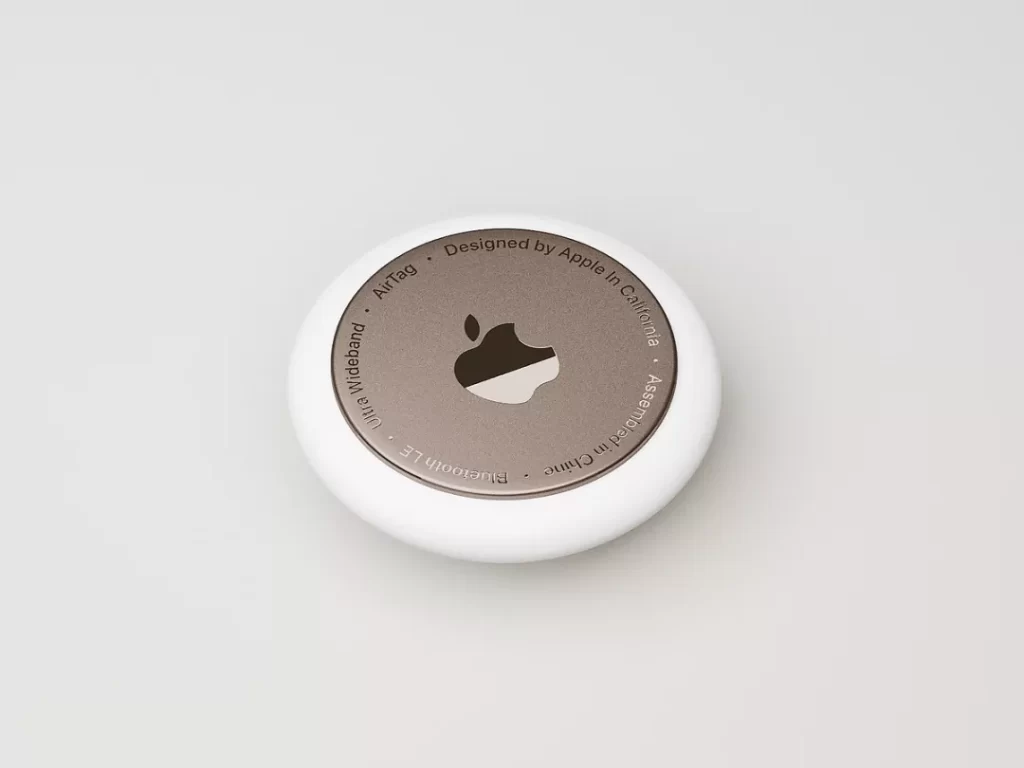
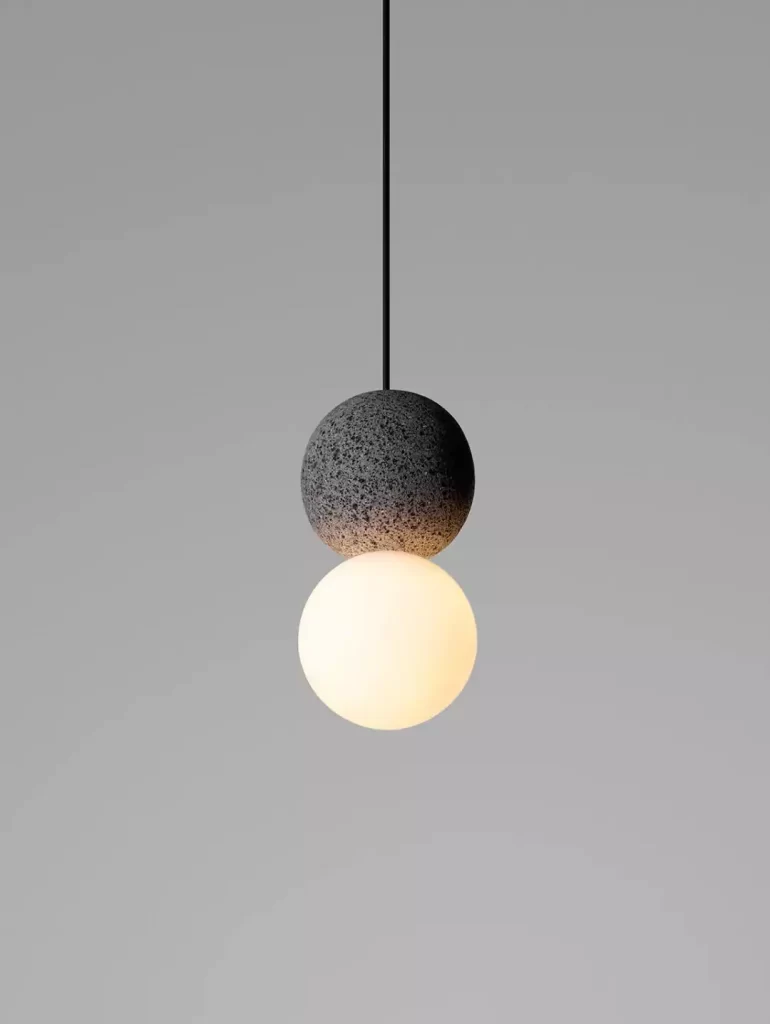
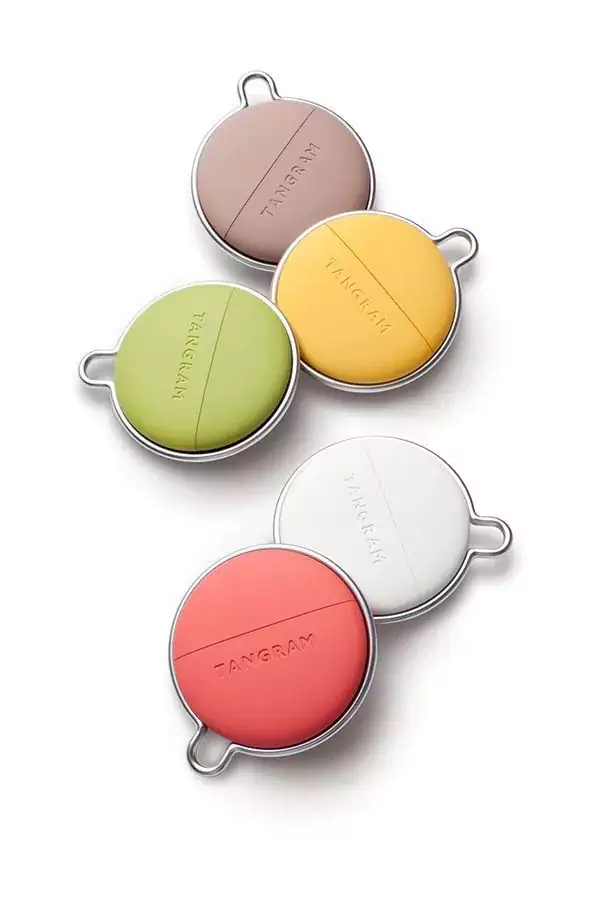

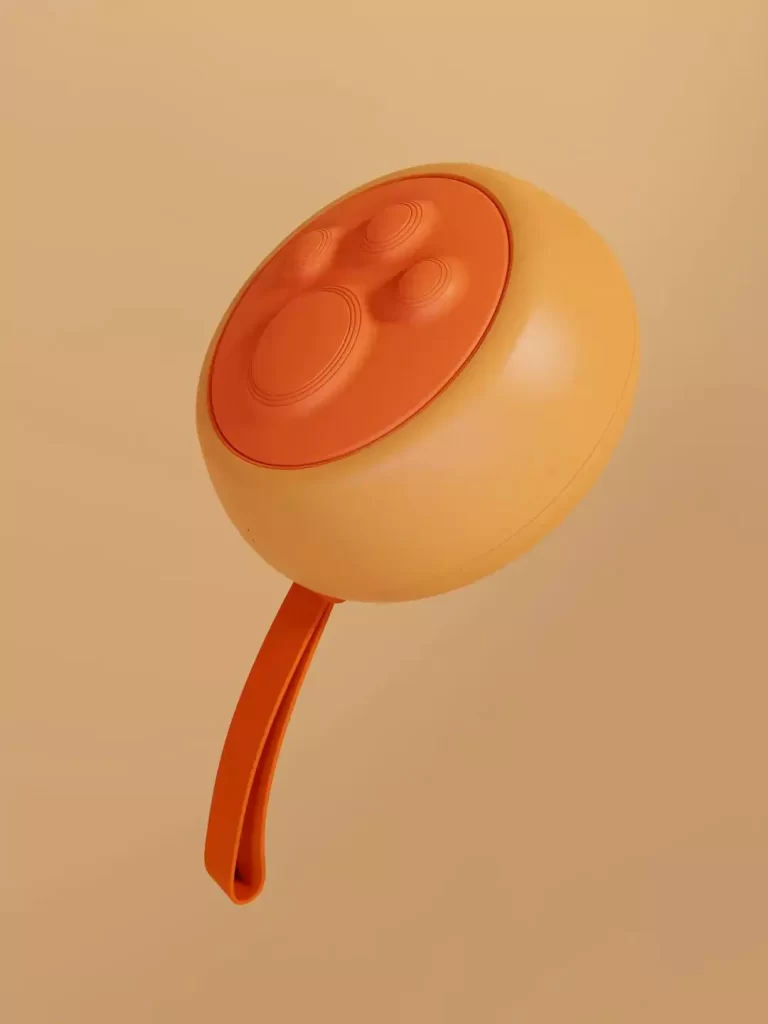
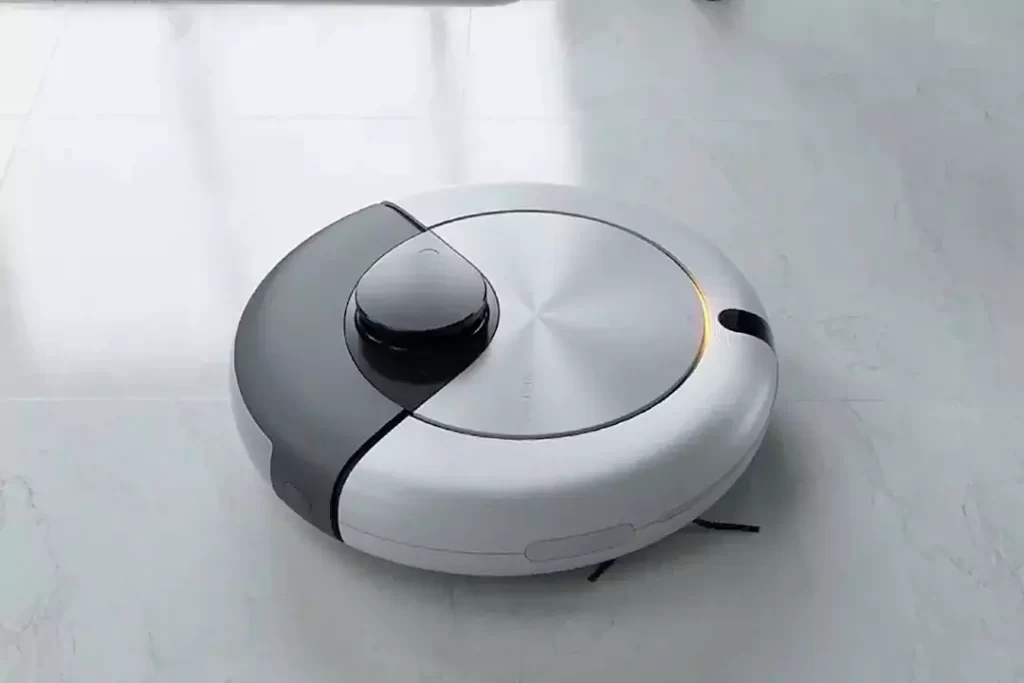
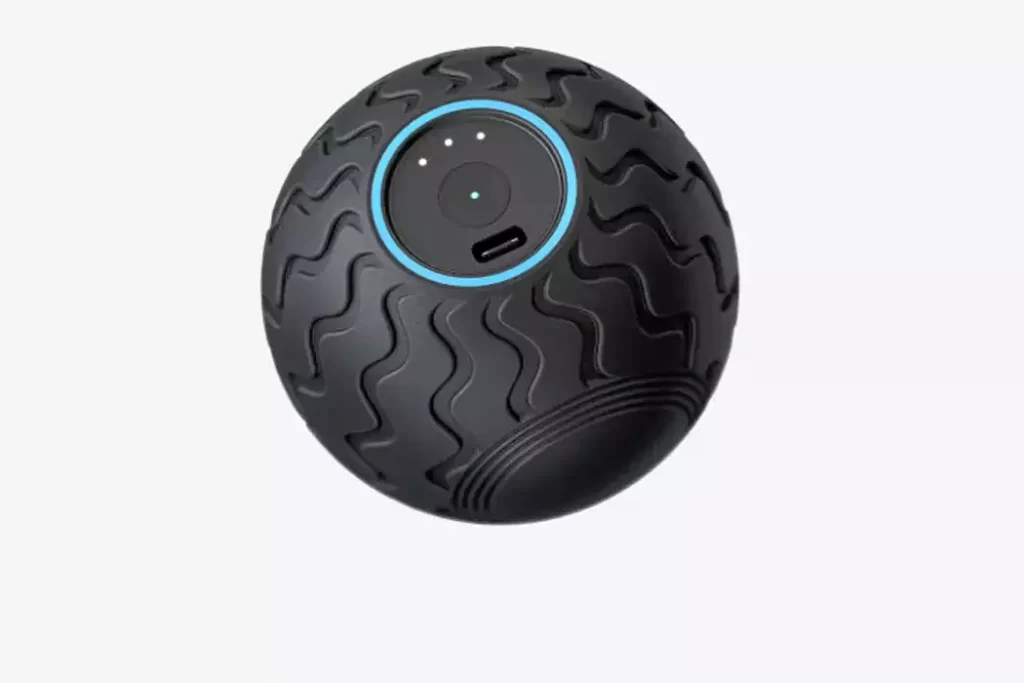
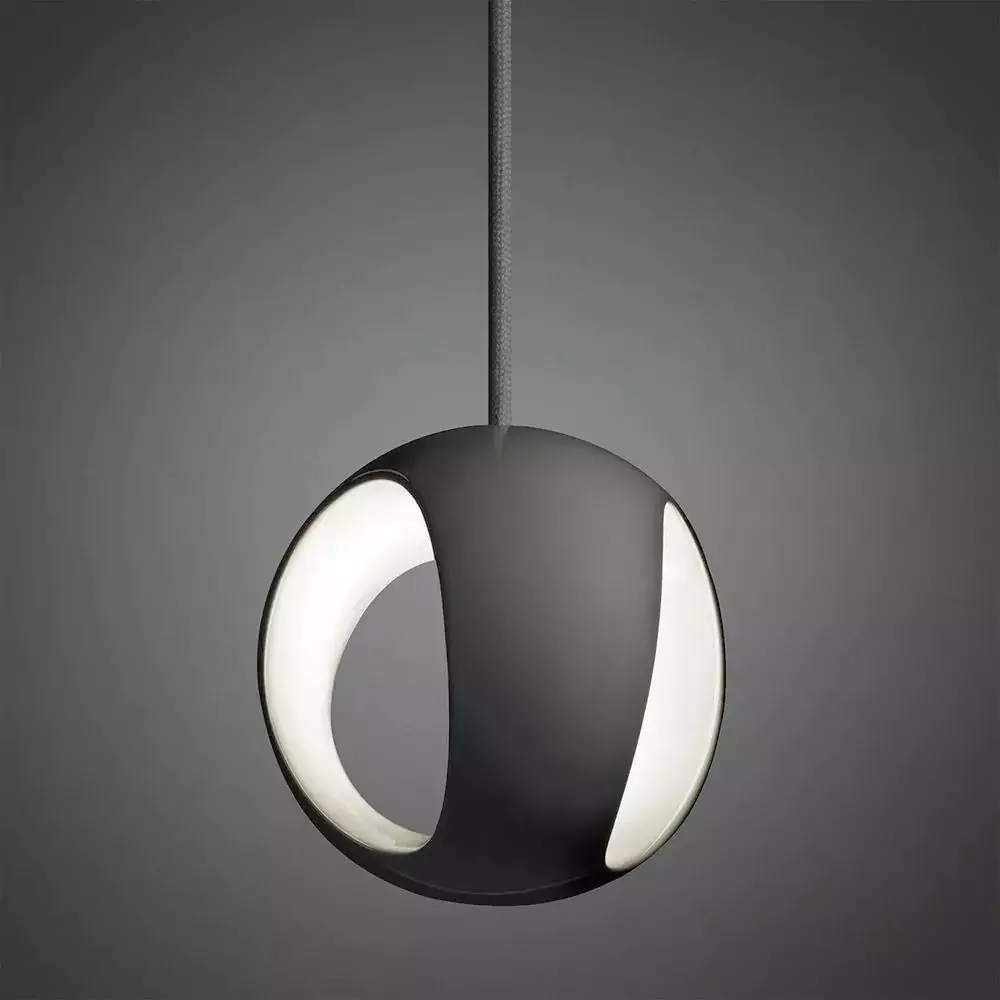
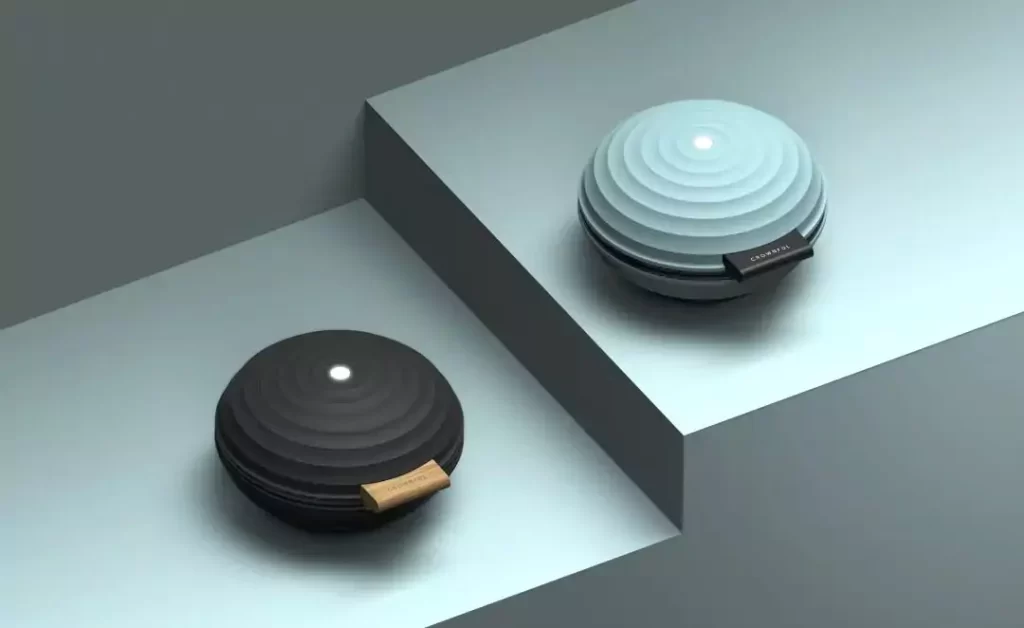
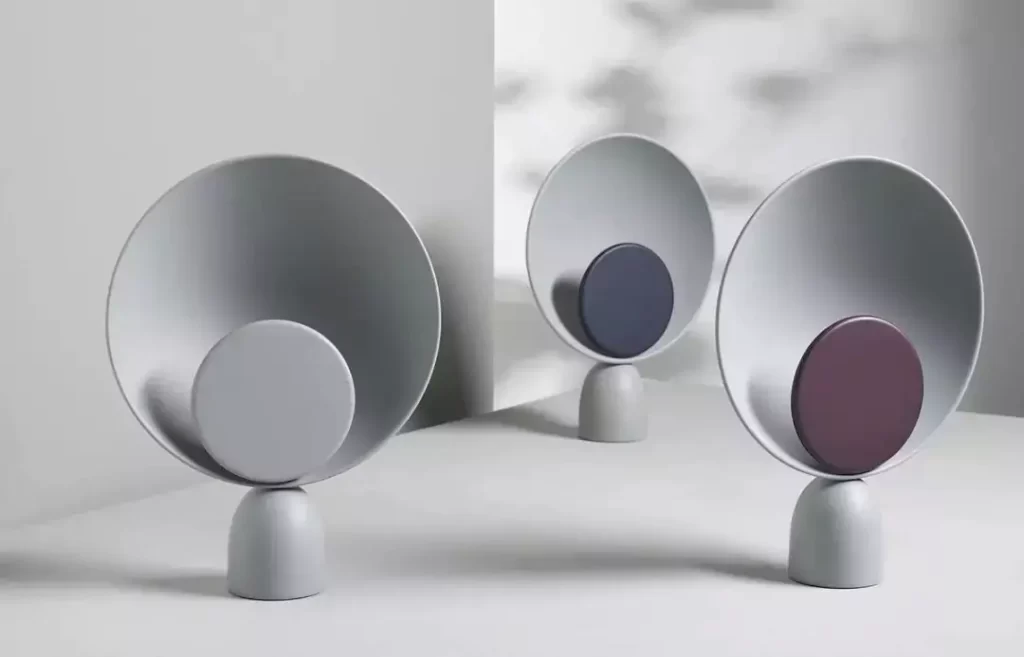
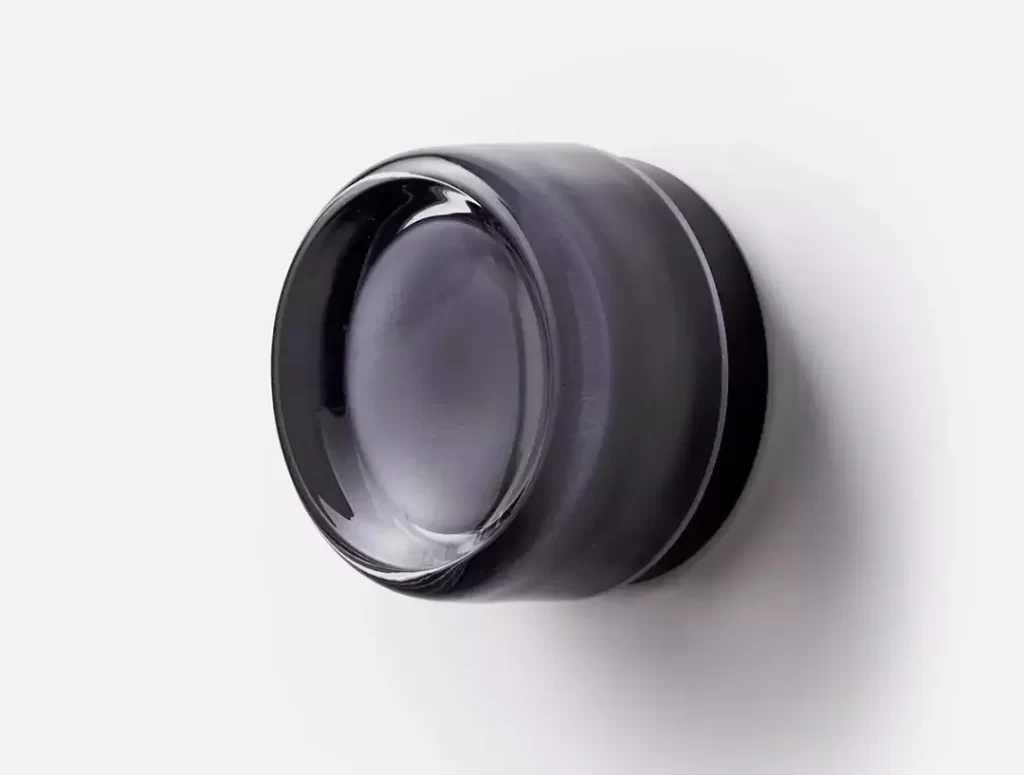
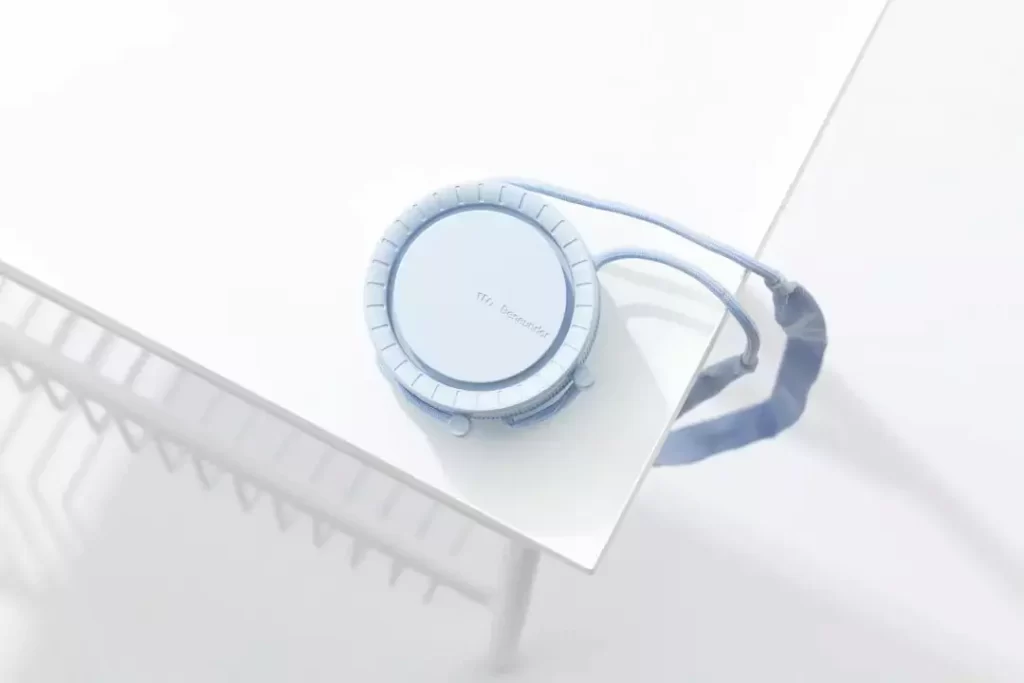
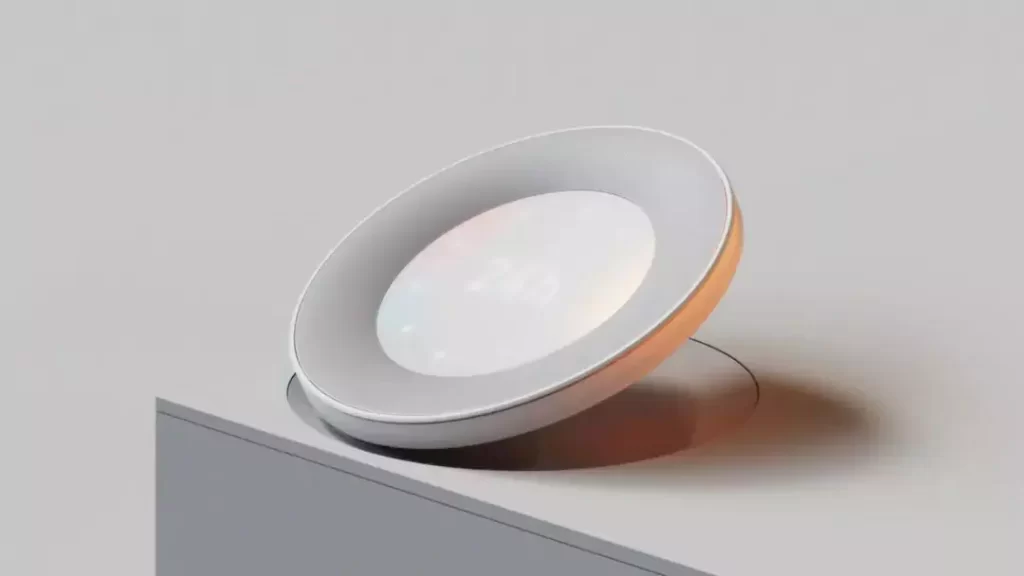
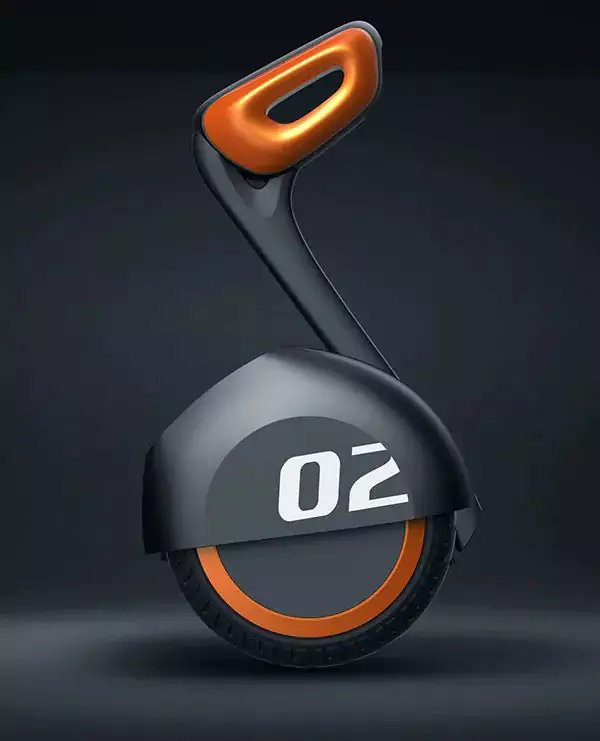
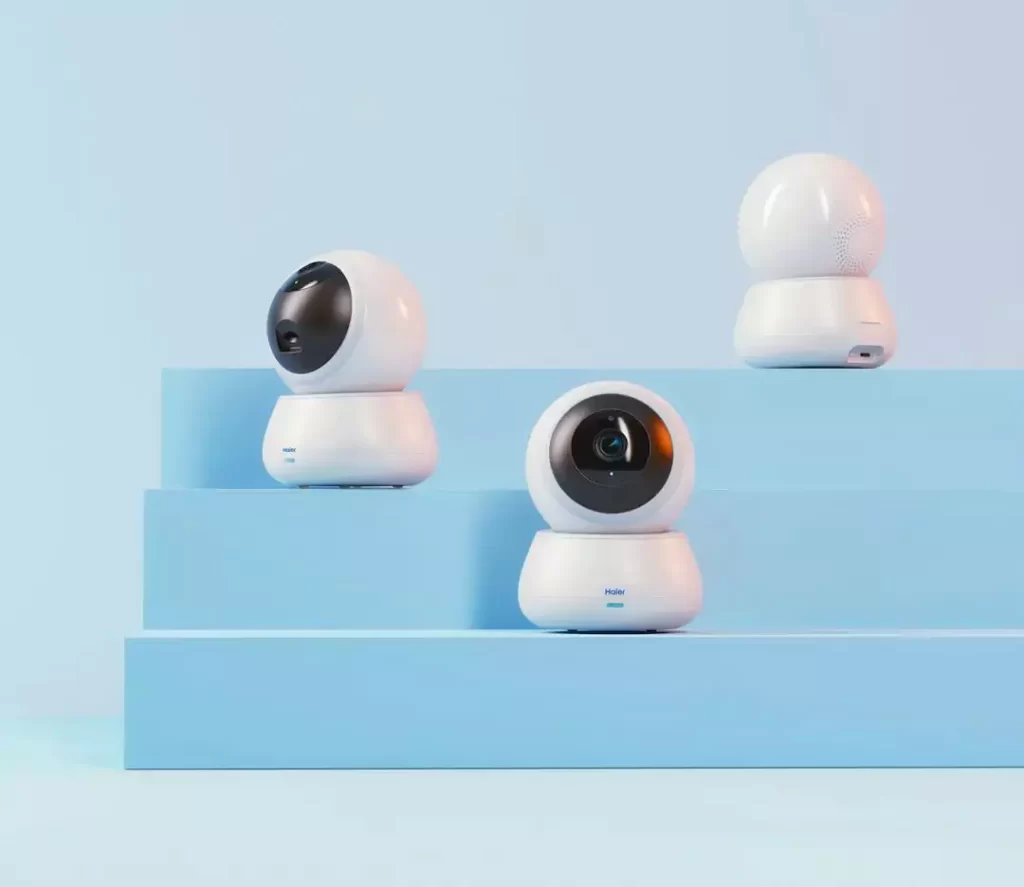
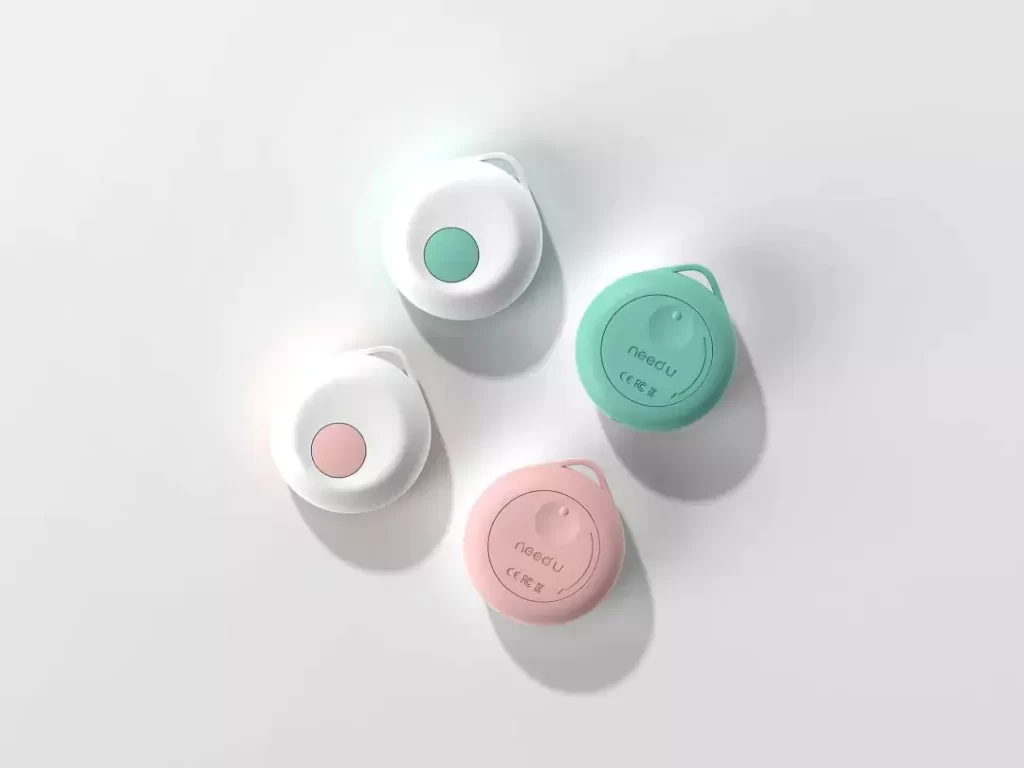

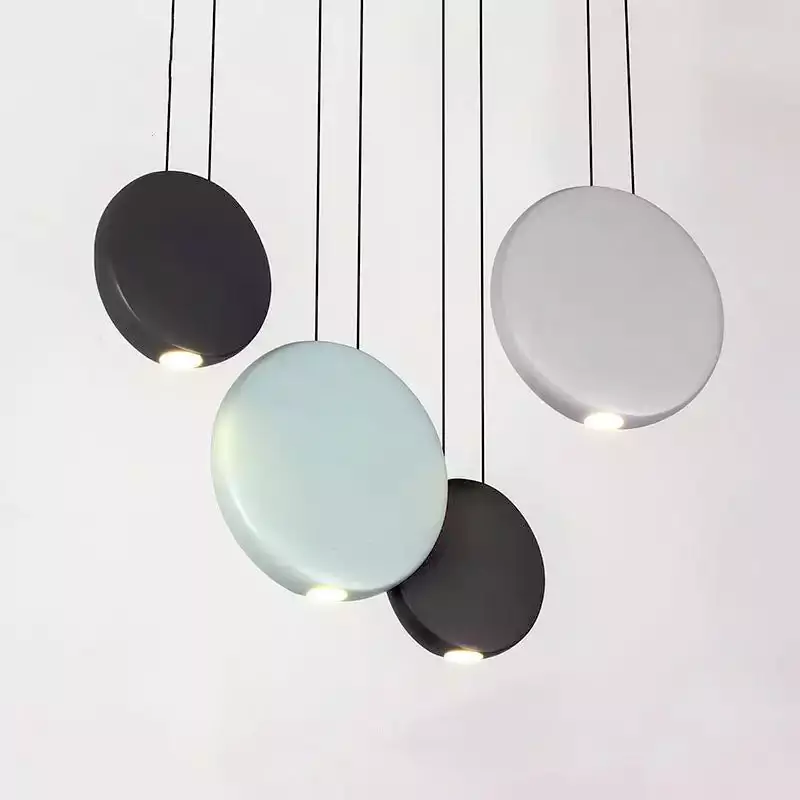
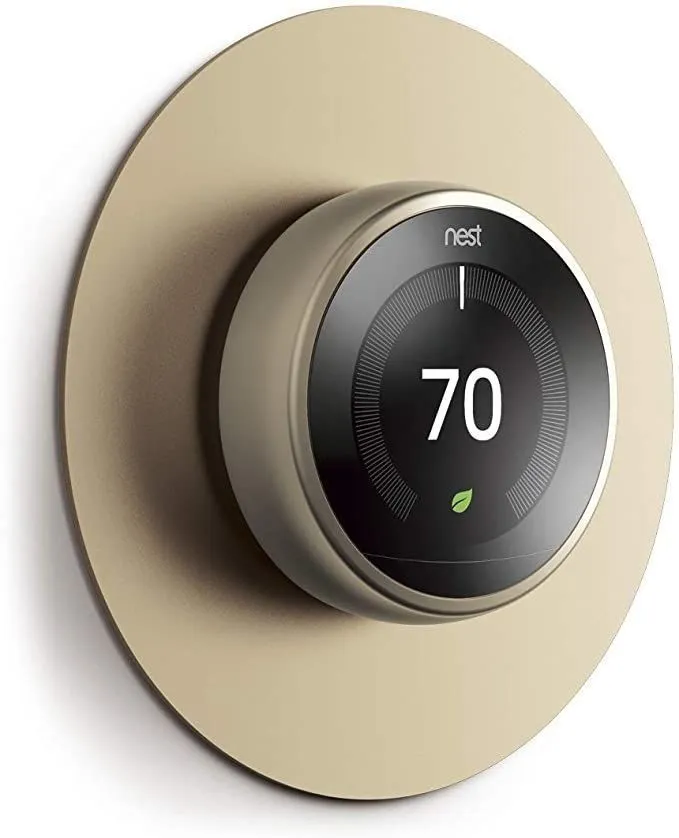
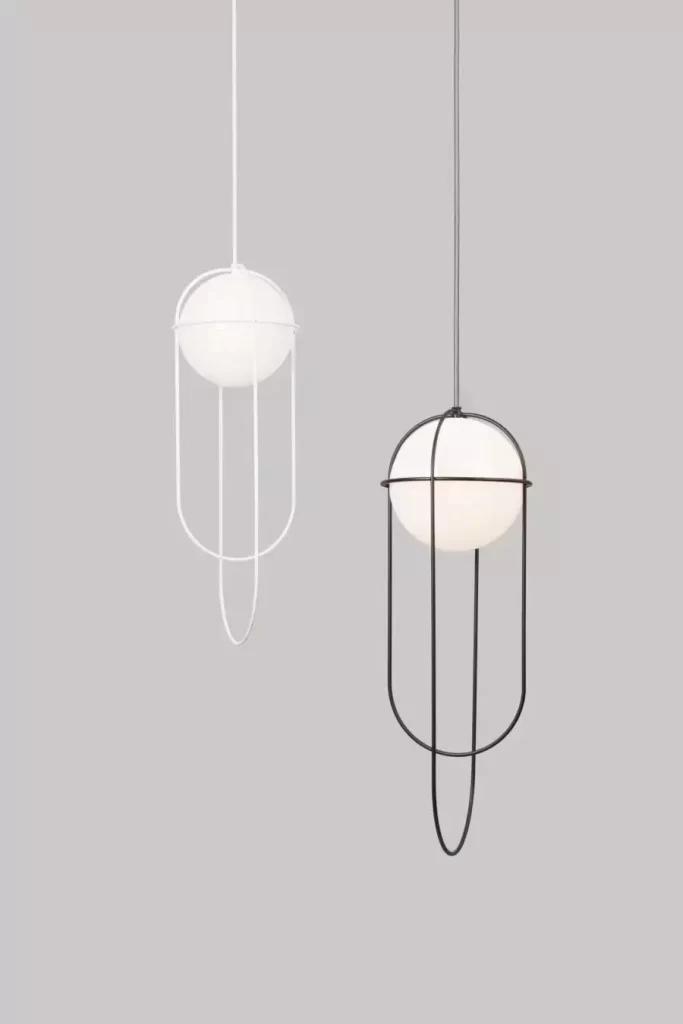
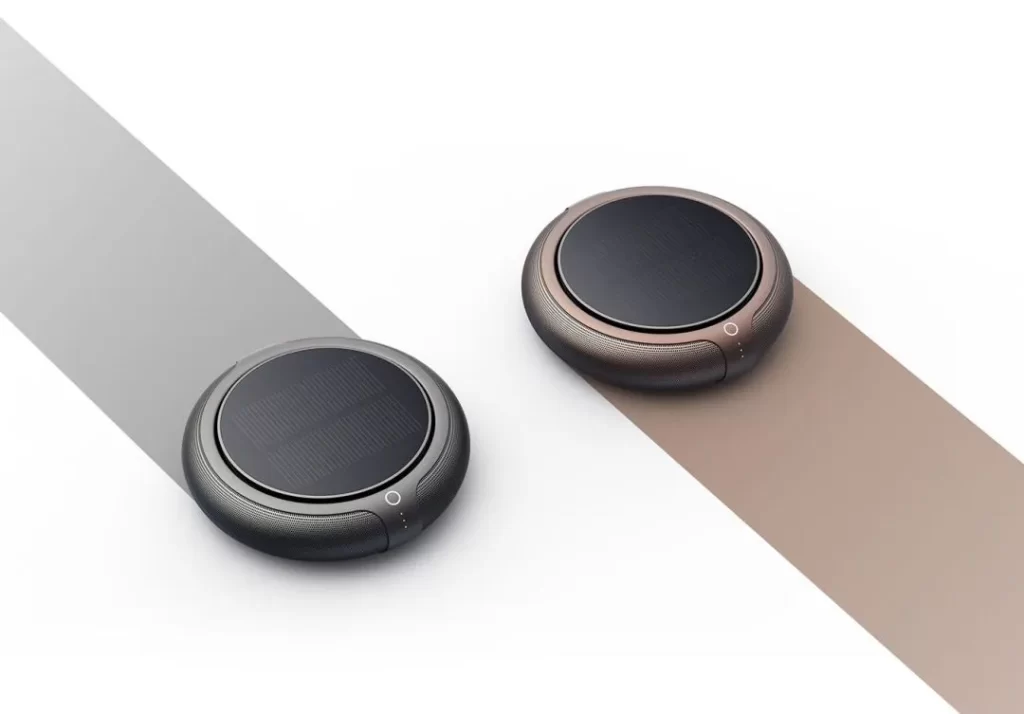
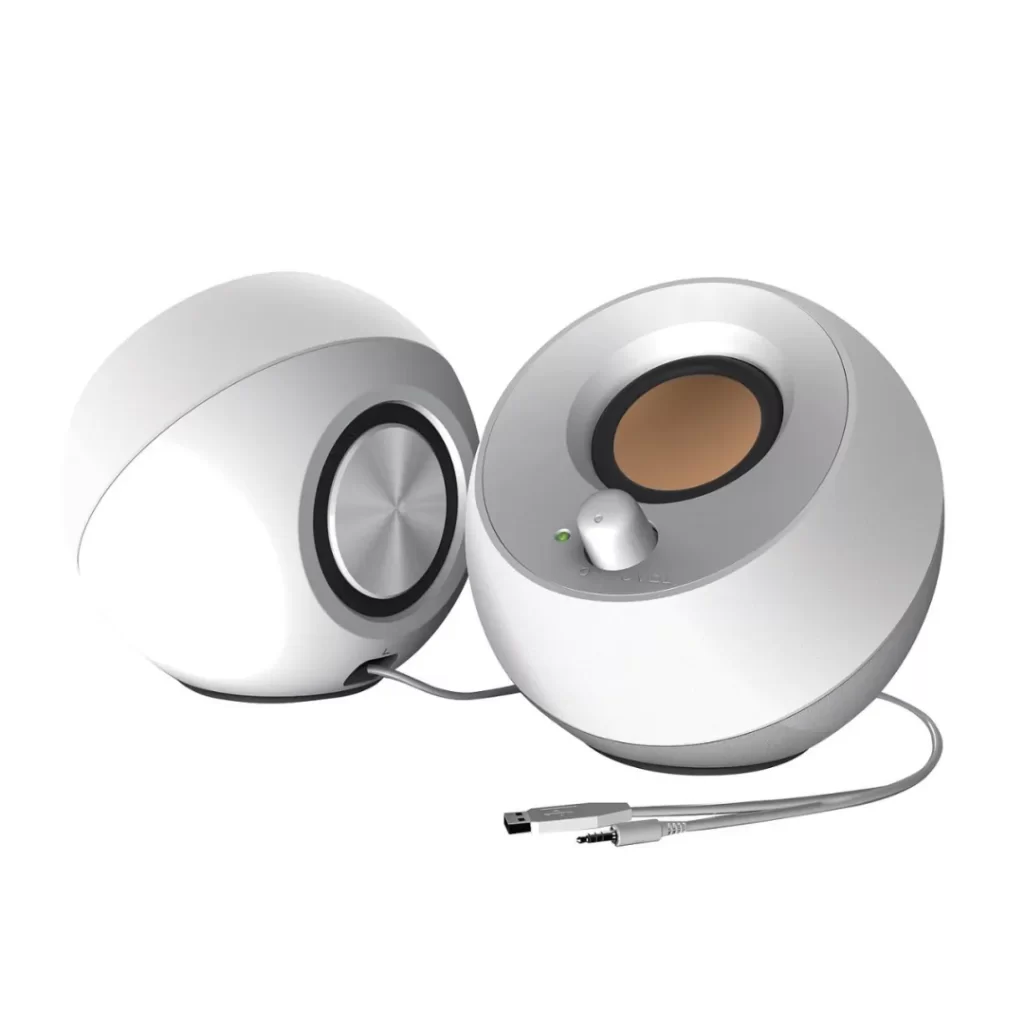
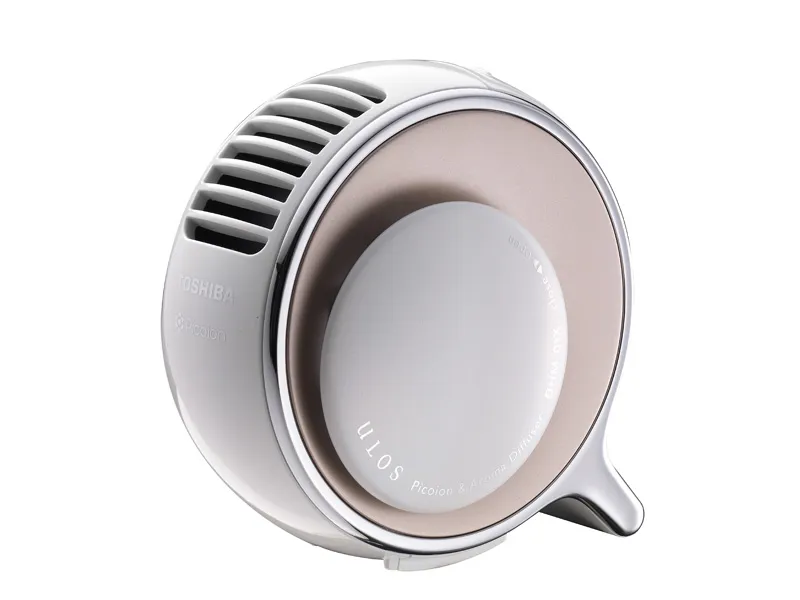
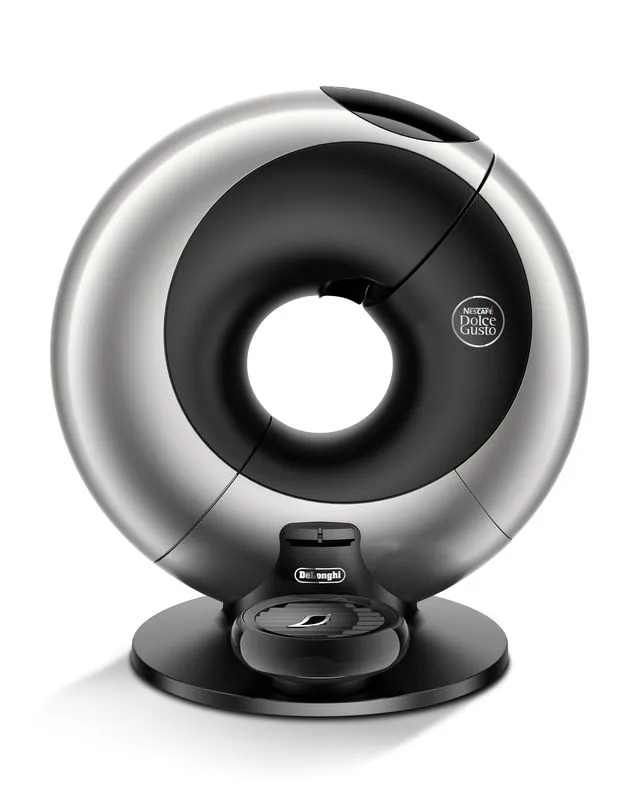
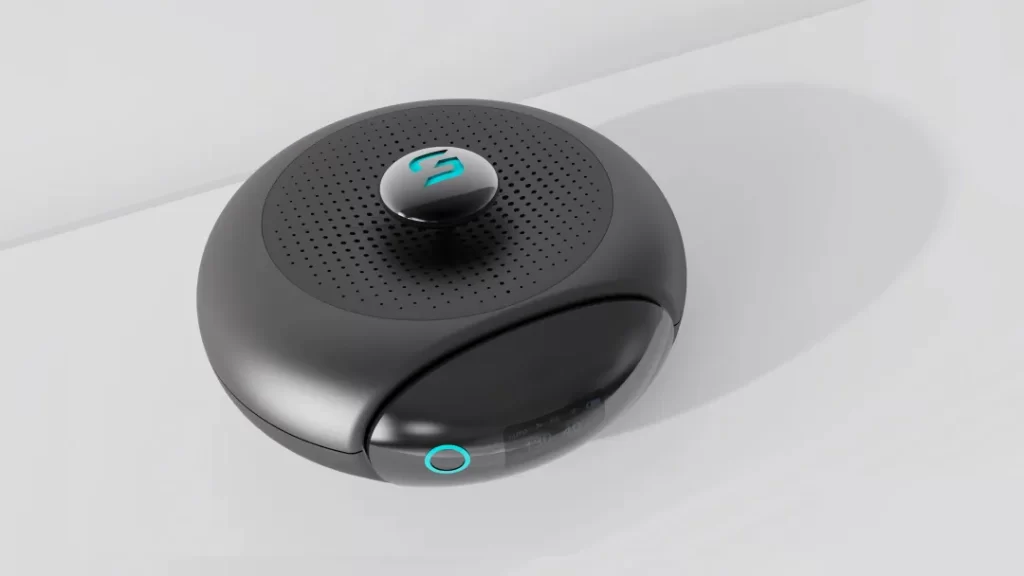
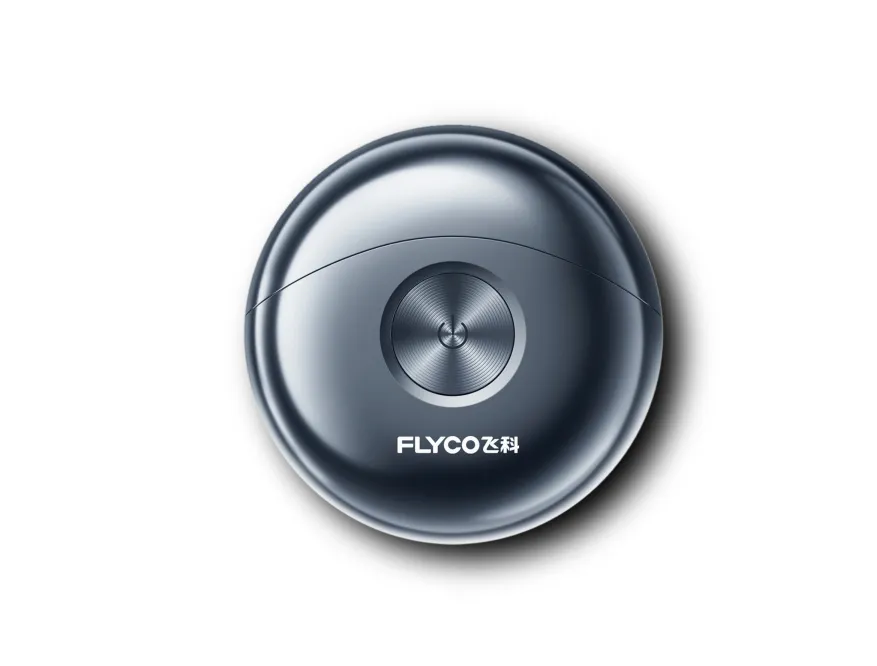
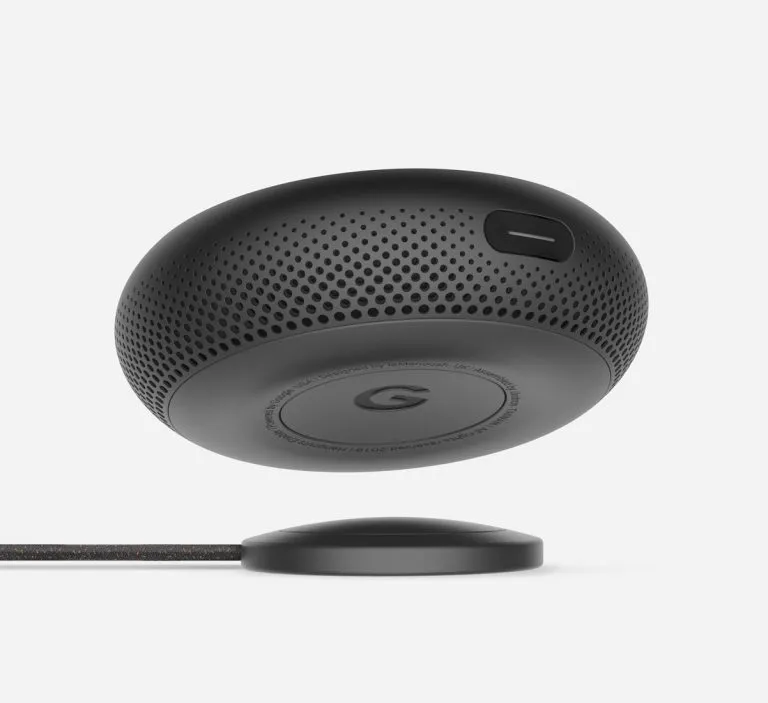
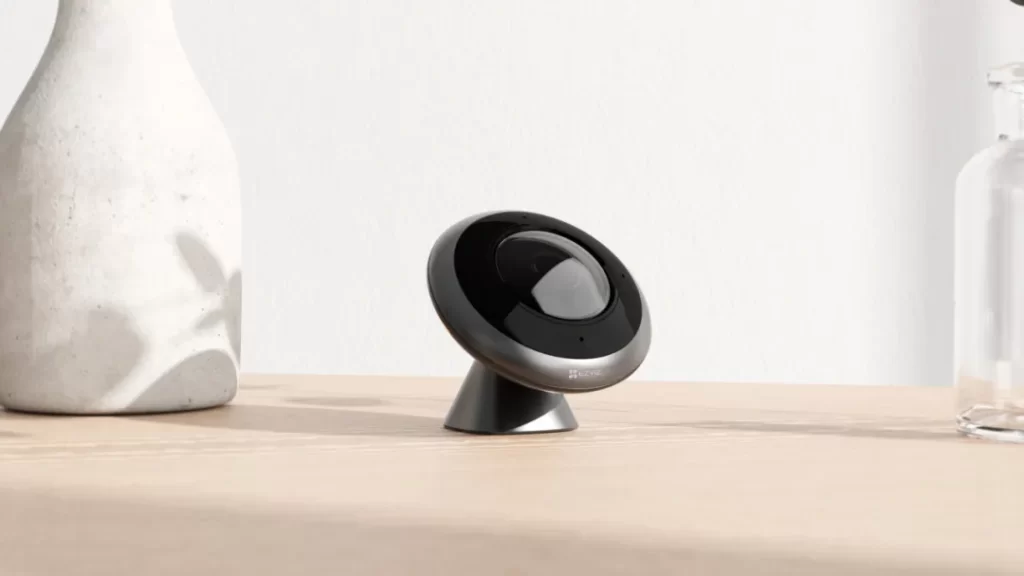
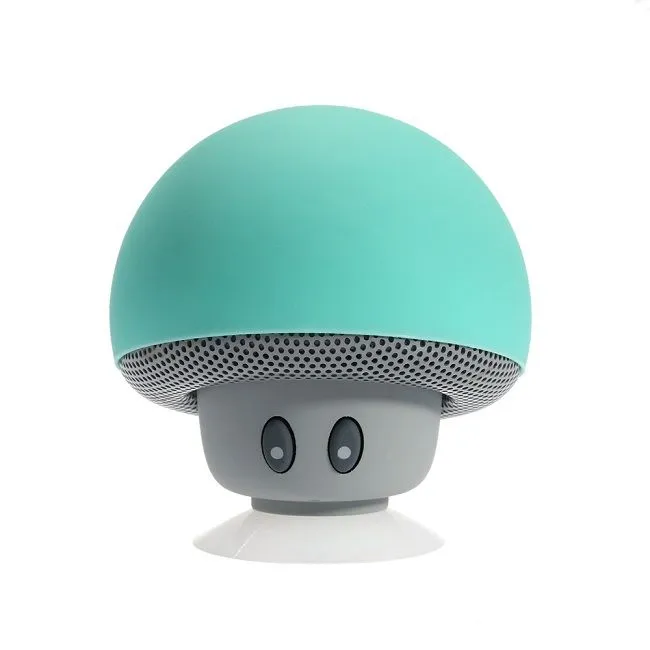
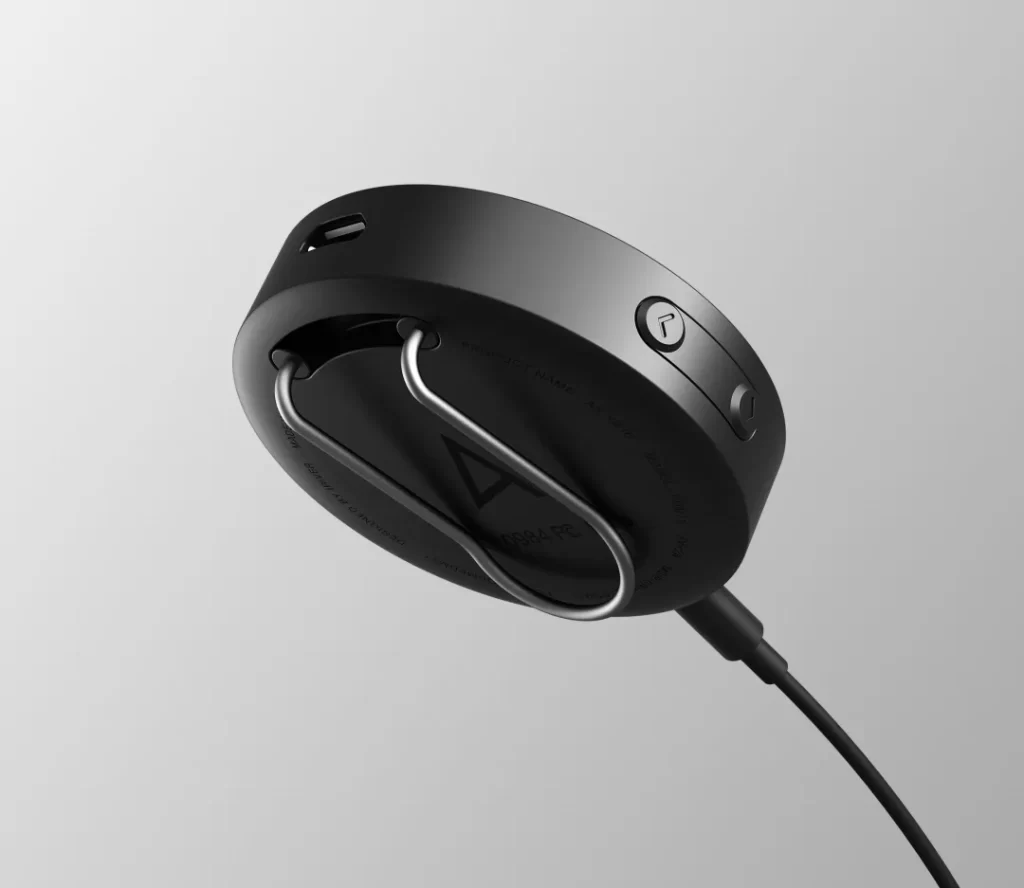
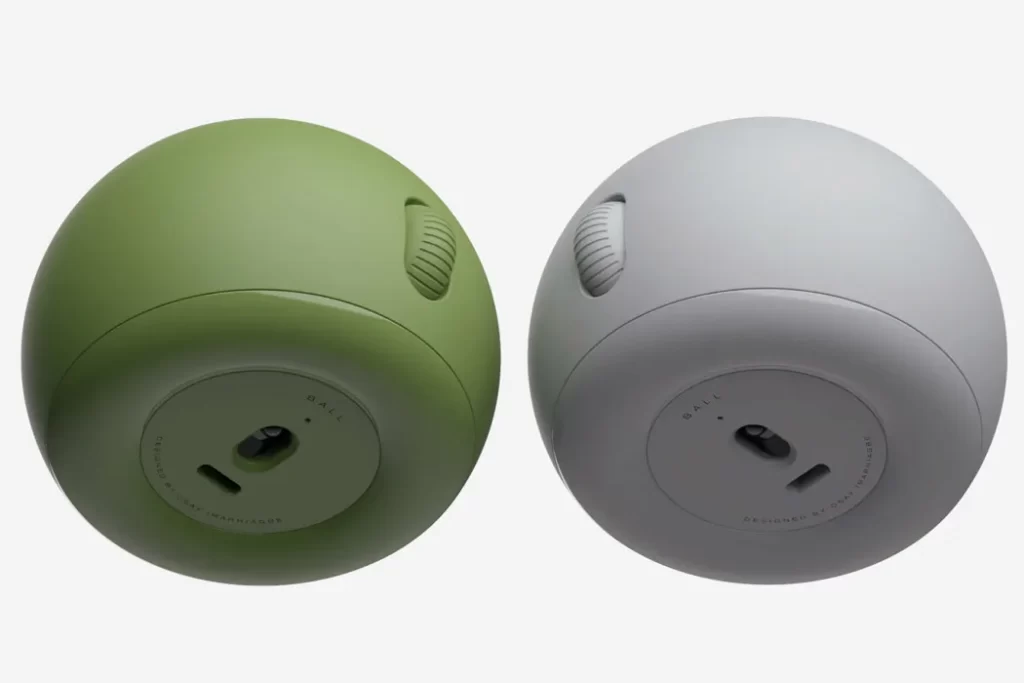
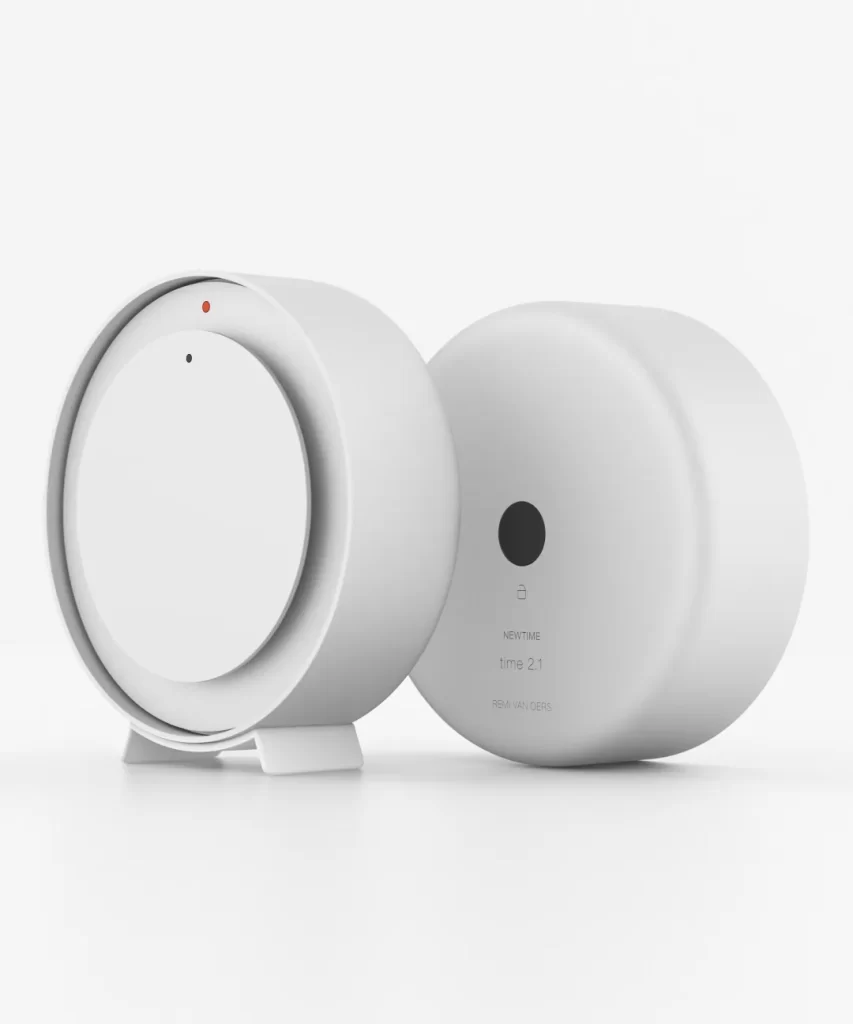
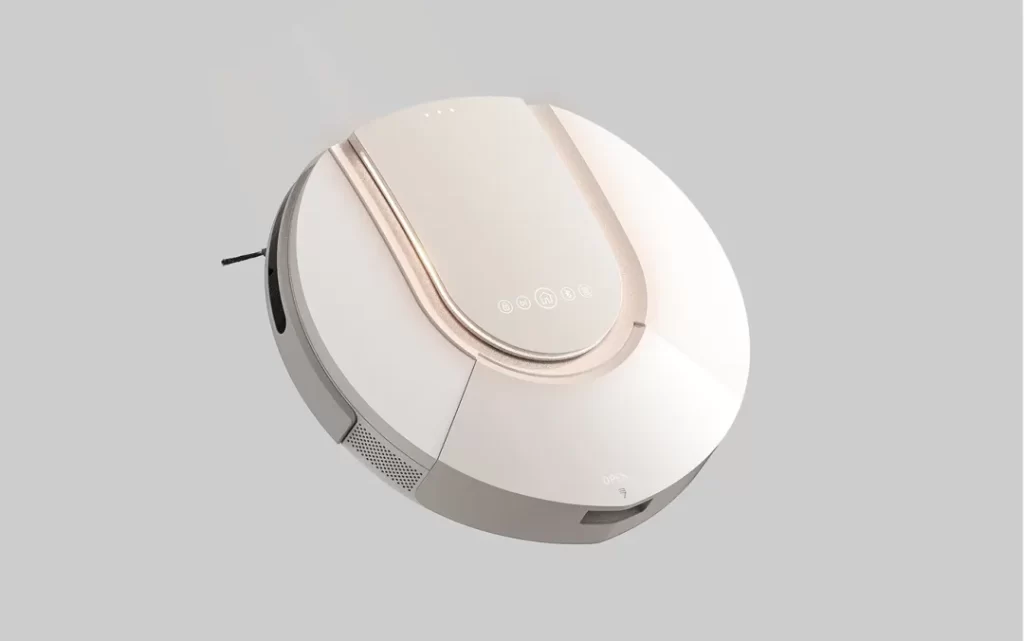
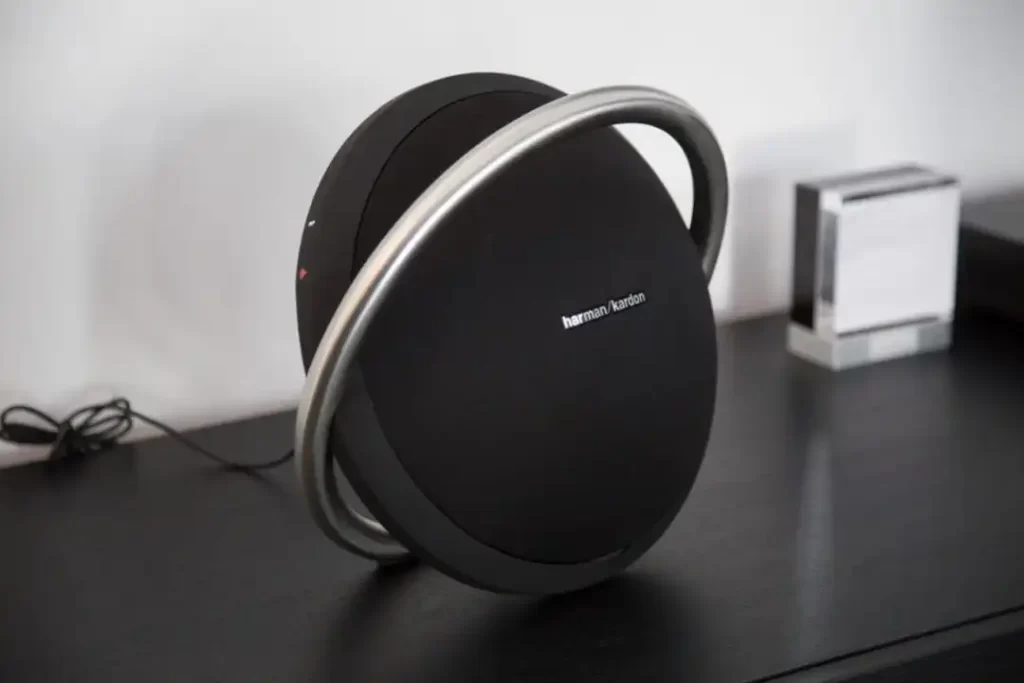

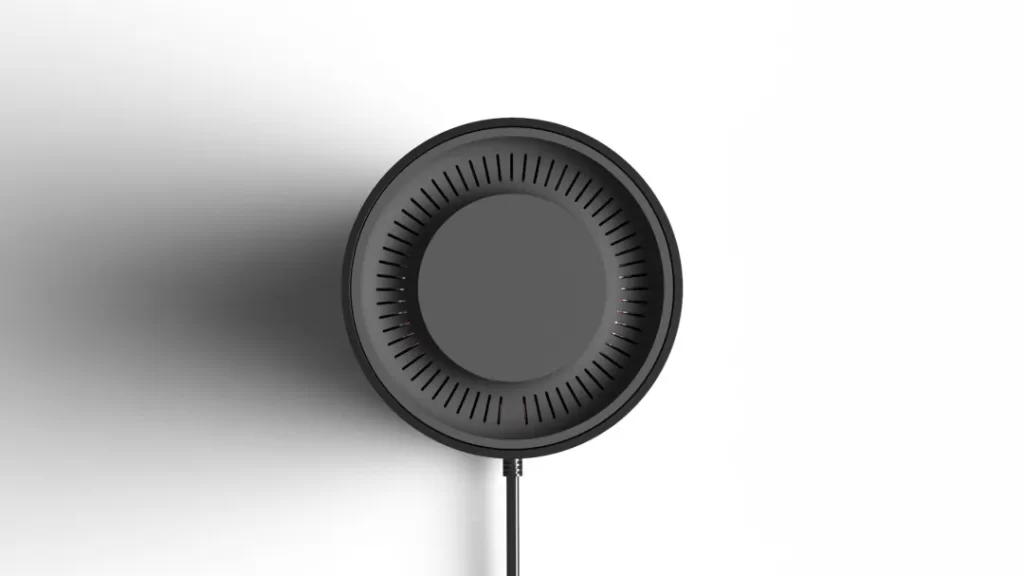
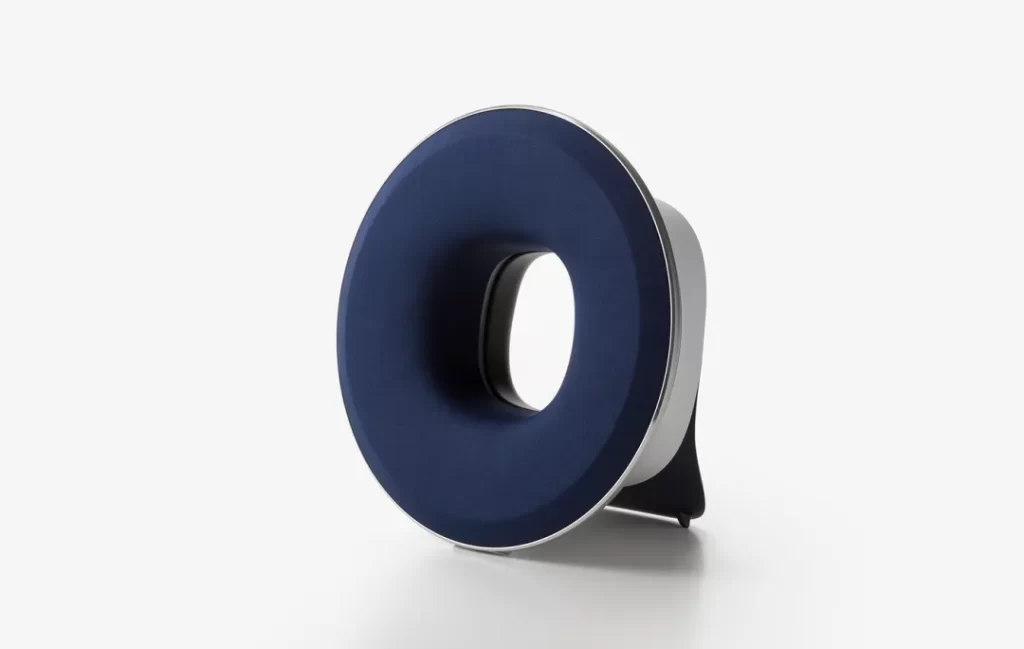

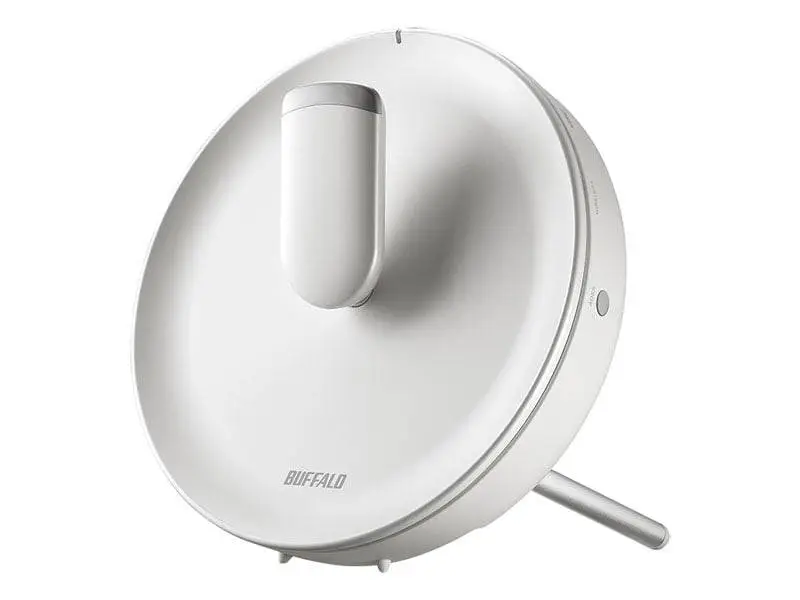
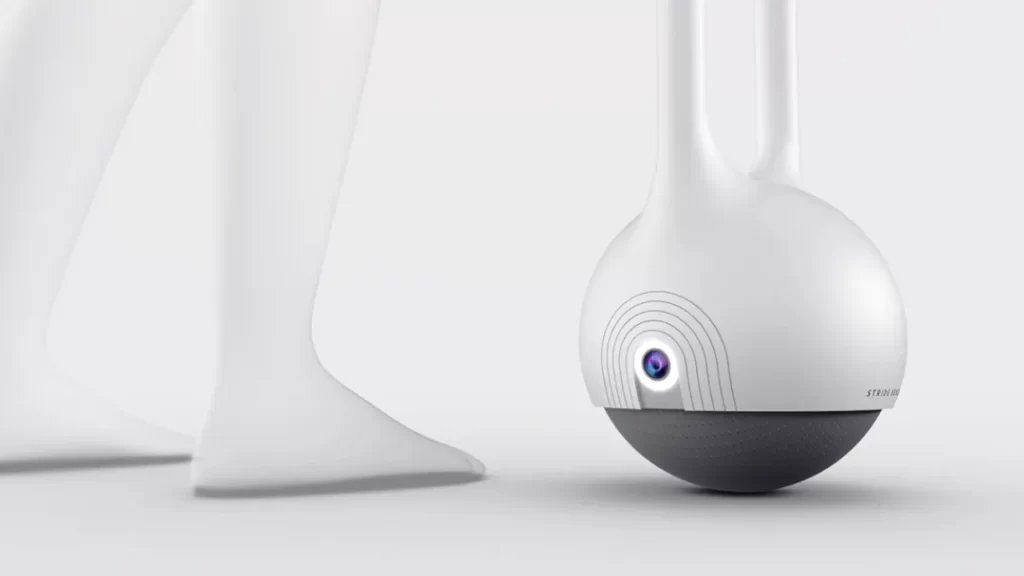
Multidimensional Practical Aesthetics of 66 Circular Industrial Designs
NINEIDA: Circular industrial design is a natural “efficiency master”: the closed curve without edges and corners allows for more uniform force distribution, making it less prone to damage when making shells; In a space of the same size, a circle can hold more things and is easy to grip with one hand – just like pebbles being rounded by water flow. Essentially, it solves functional problems in the most effortless way, turning natural laws into design language. This article will share 66 good designs made by designers at once, hoping to give everyone some good inspiration.
The factory likes circular design the most: during injection molding, the curved transition zone is less prone to defects, and during metal processing, it can be made by rotating, saving materials and time; Surface treatment is also simple, and automated equipment can evenly process along the arc, reducing manual adjustments and making design ideas easier to turn into tangible objects.
Circles naturally understand “tactile sensation”: the curved surface conforms to the curvature of the finger, and there is a clear feedback boundary when pressed down. Blind operation can also find the correct position; The circular knob has a rhythmic feel when turned, as if in a conversation with the product. Visually, the circle has its own “eye-catching attribute”, allowing people to see the key points at a glance, and the interface layout is also more in line with people’s habits of seeing things.
In complex environments, circles are particularly eye-catching and easy to remember, making them suitable for use as brand logos or functional indicators; Breaking down a circle into circular or curved shapes can transform it from a practical component into a decorative symbol – such as a circular breathing light, which displays both status and design sense, unifying functionality and aesthetics.
Circles are a great helper for the “circular economy”: their symmetrical structure makes it easy to disassemble and assemble parts, and they are not easily damaged when reused; The undirected connection design makes module combinations more flexible and extends product lifespan. This endless shape perfectly echoes the concept of material recycling, making the design more environmentally friendly.
These designs tell us that a circle is not just a “beautiful shape”, but also a comprehensive result of functionality, craftsmanship, and user experience. When designers draw circles, they think about how to make this simple shape while solving the problems of “whether it is easy to use”, “whether it can be made”, and “whether users like it” – this is the true charm of circles in industrial design.













